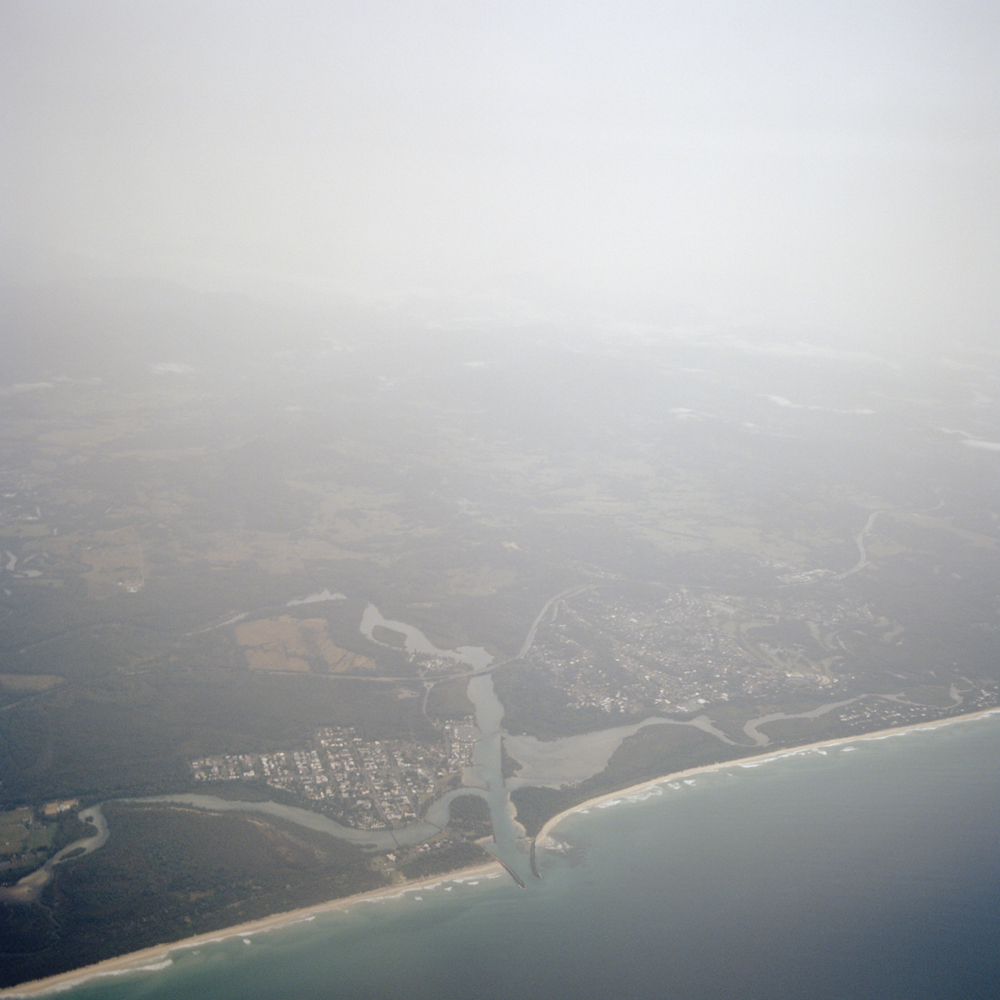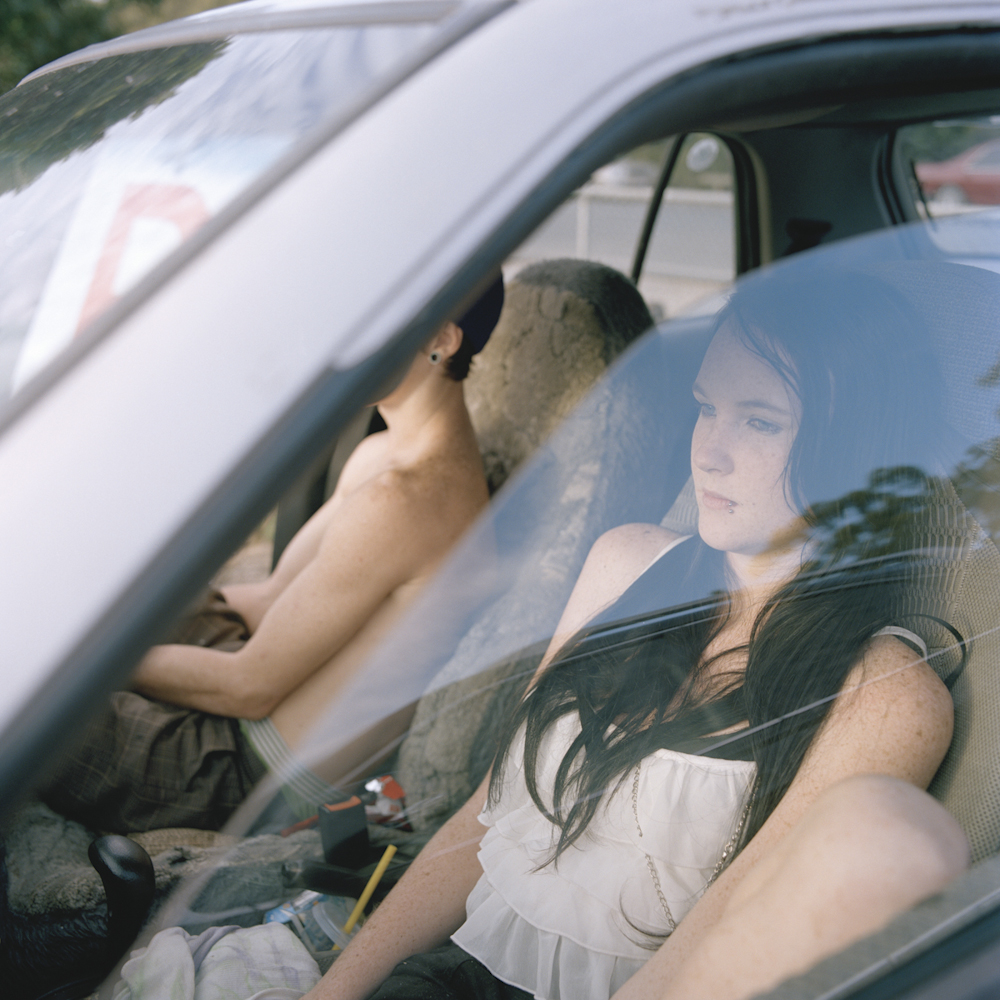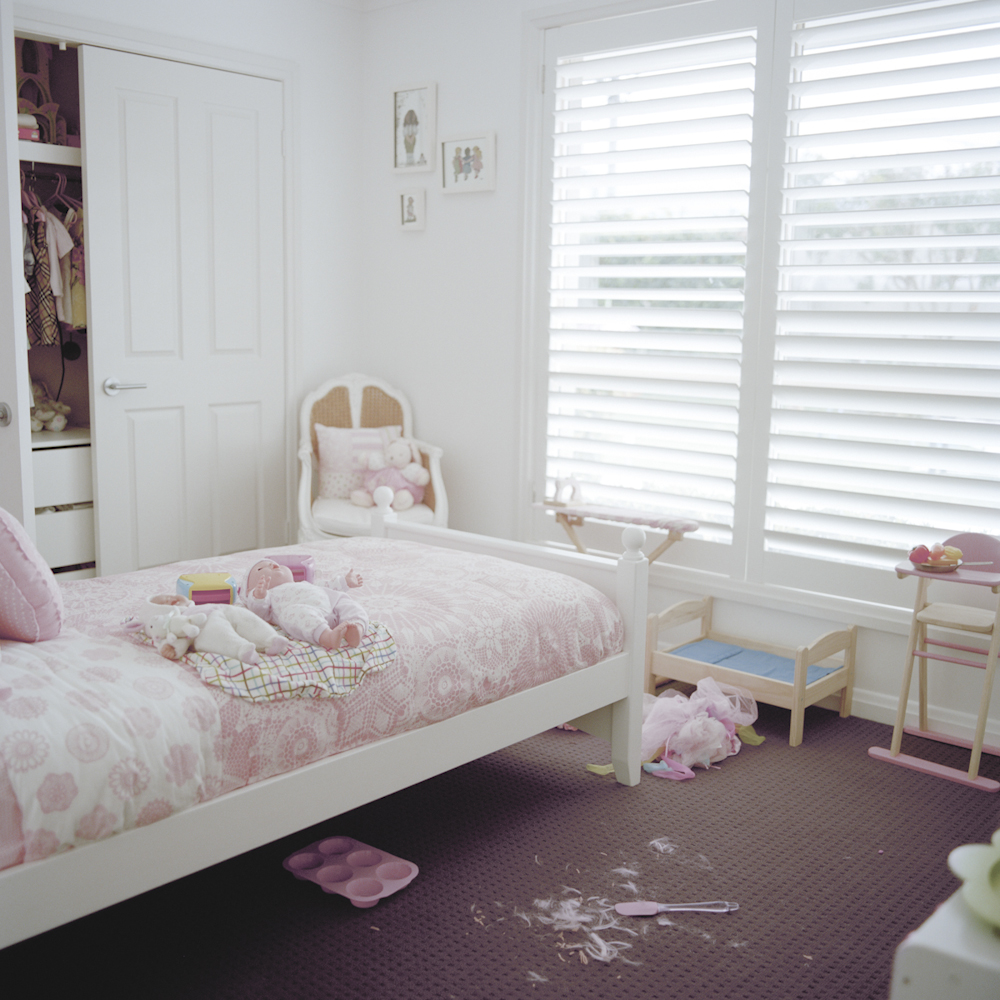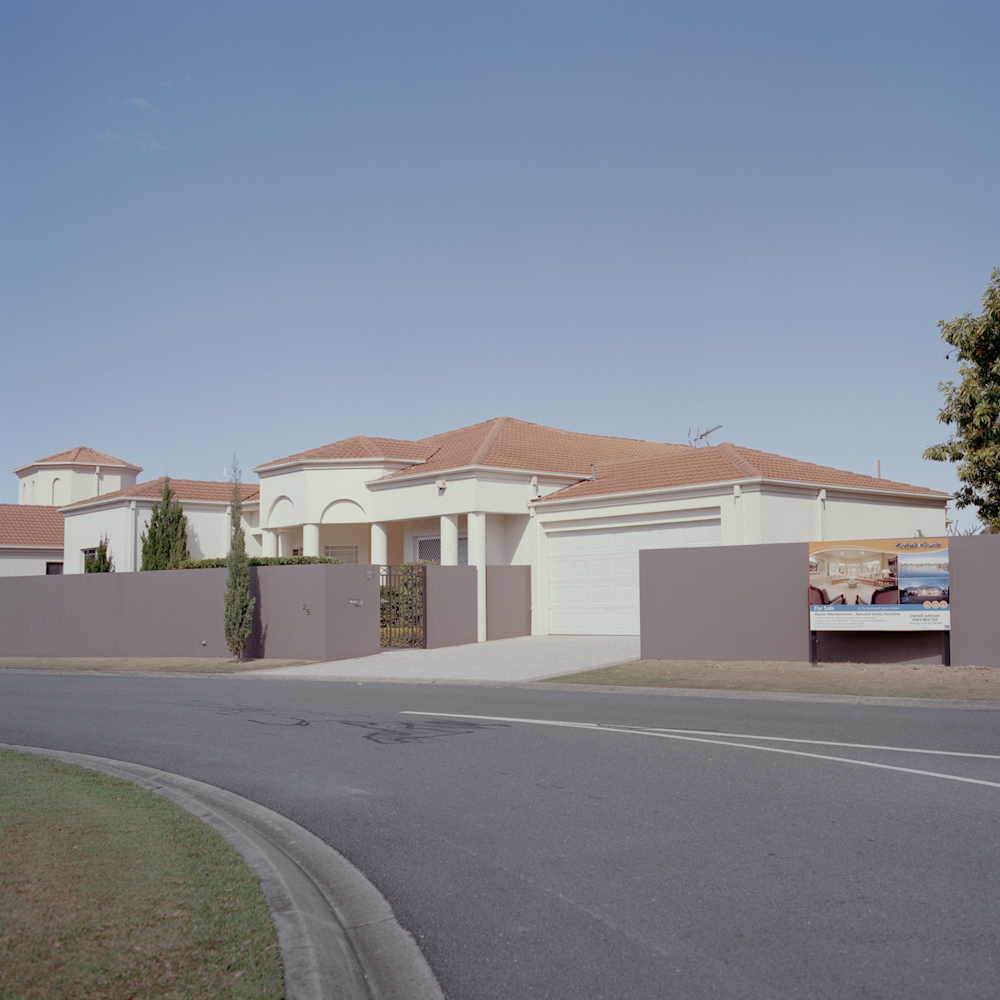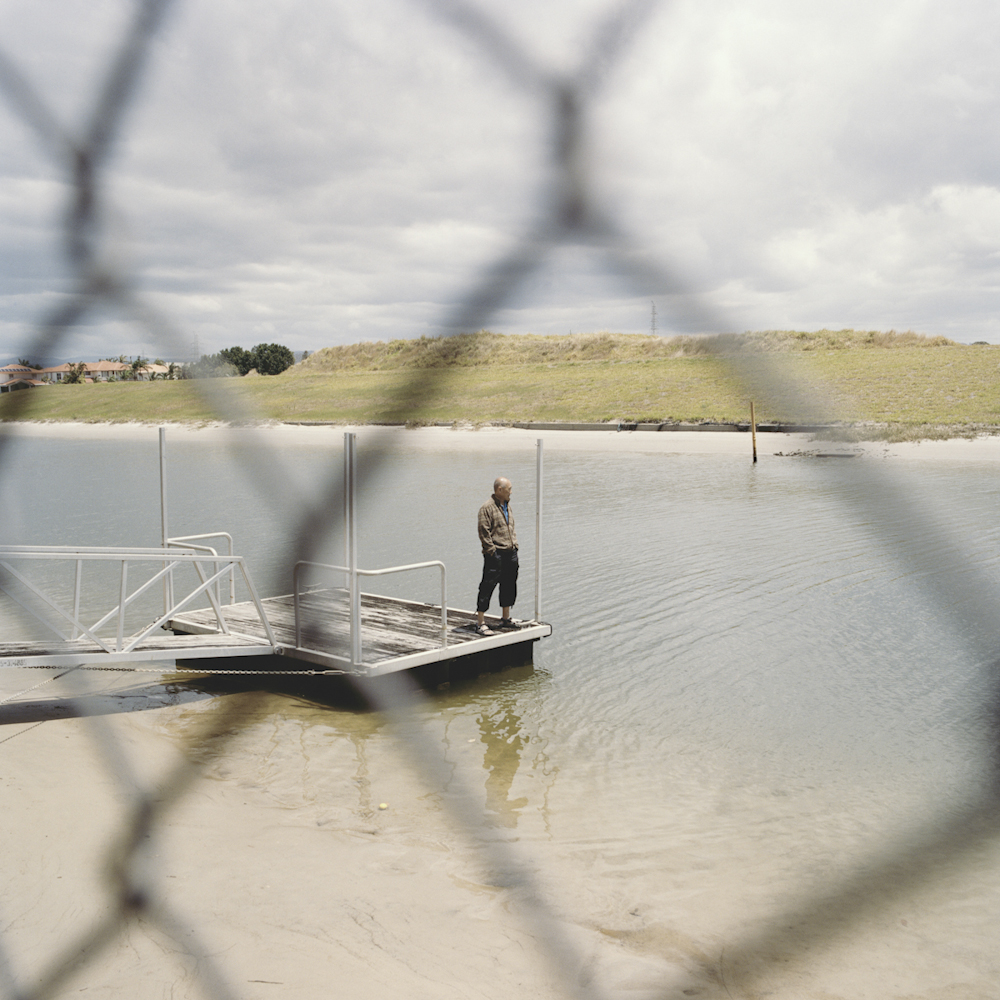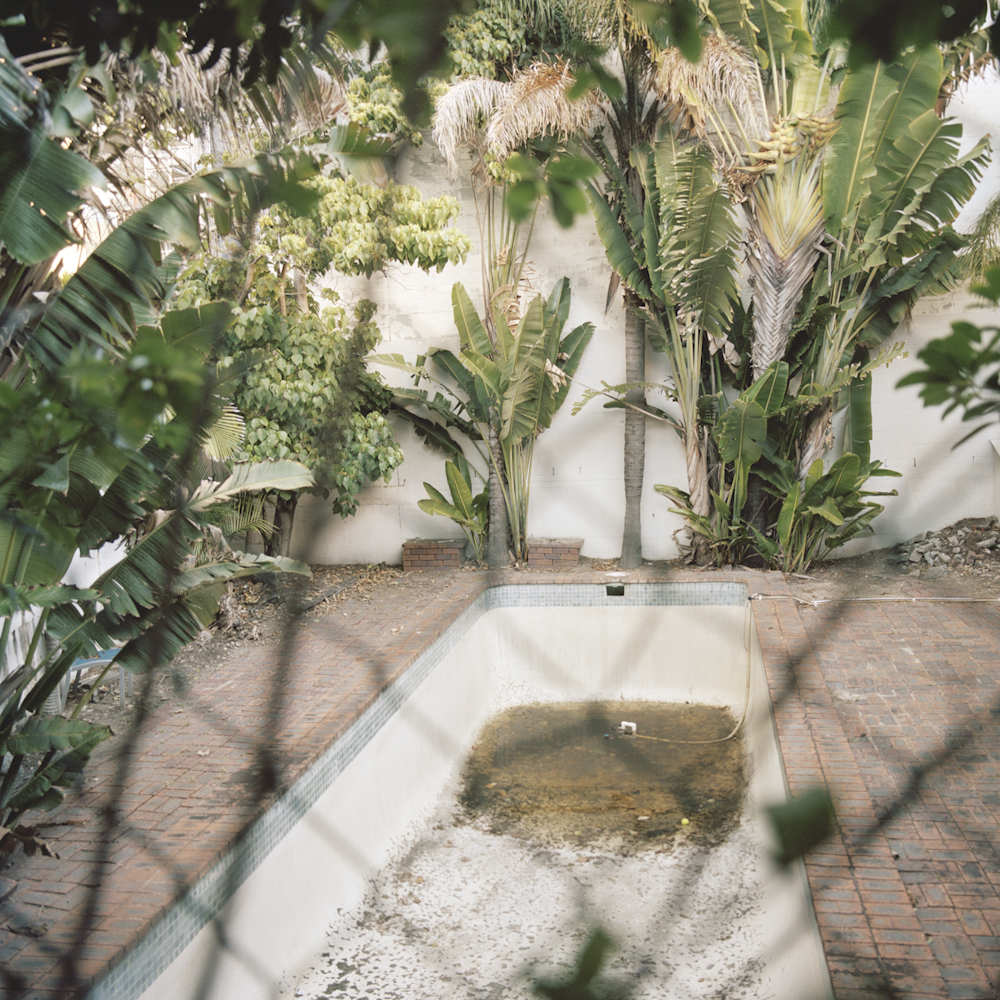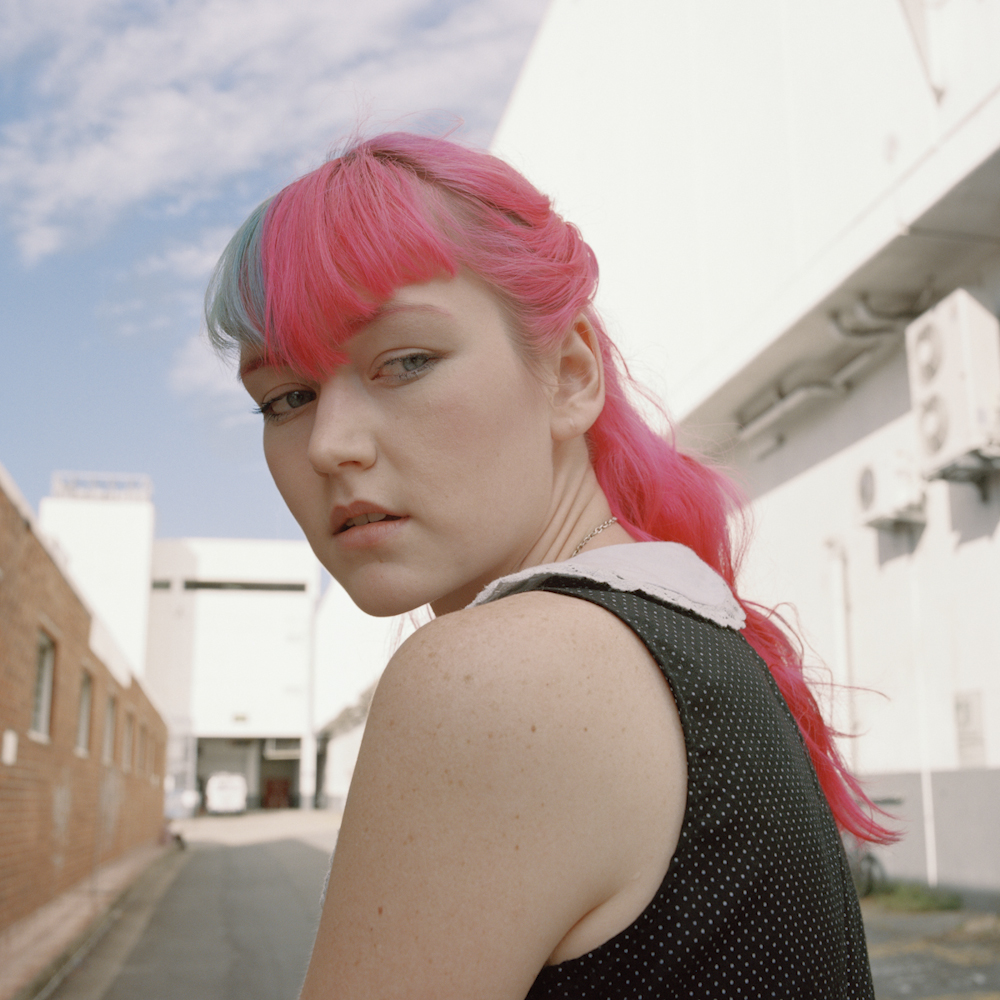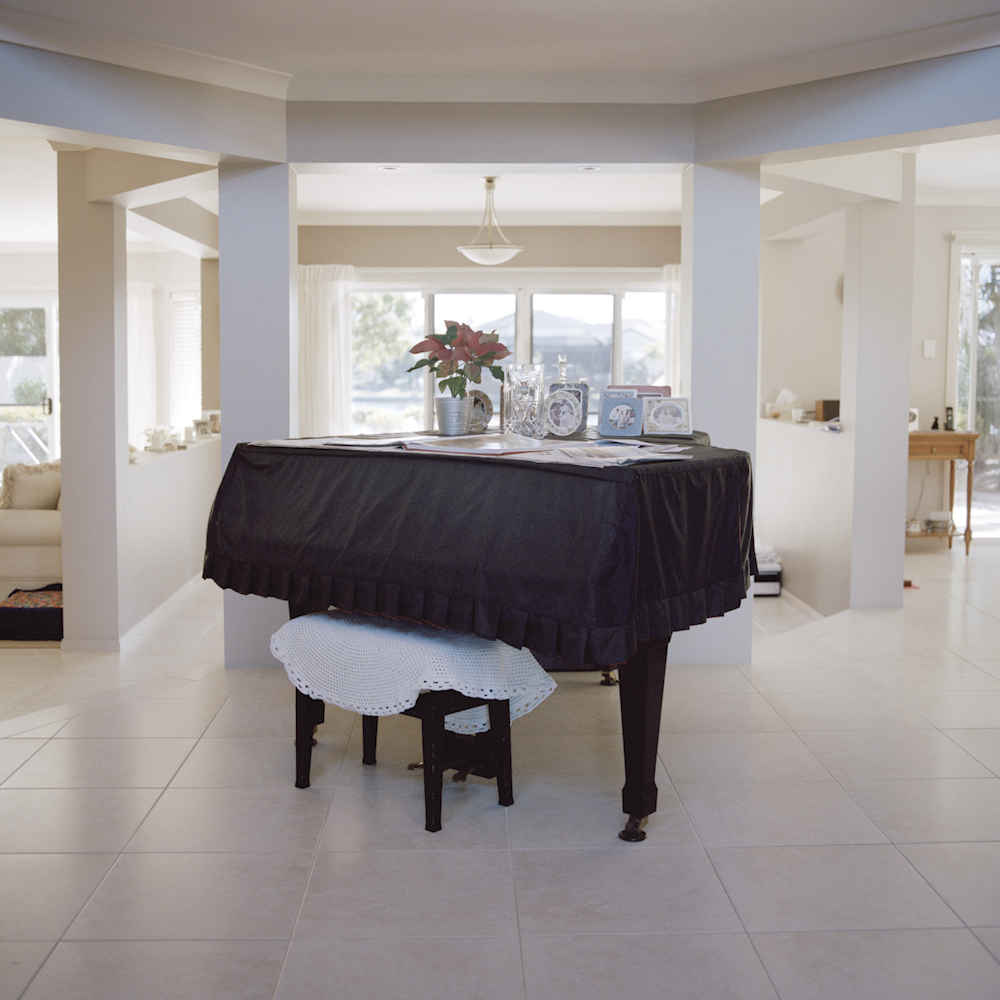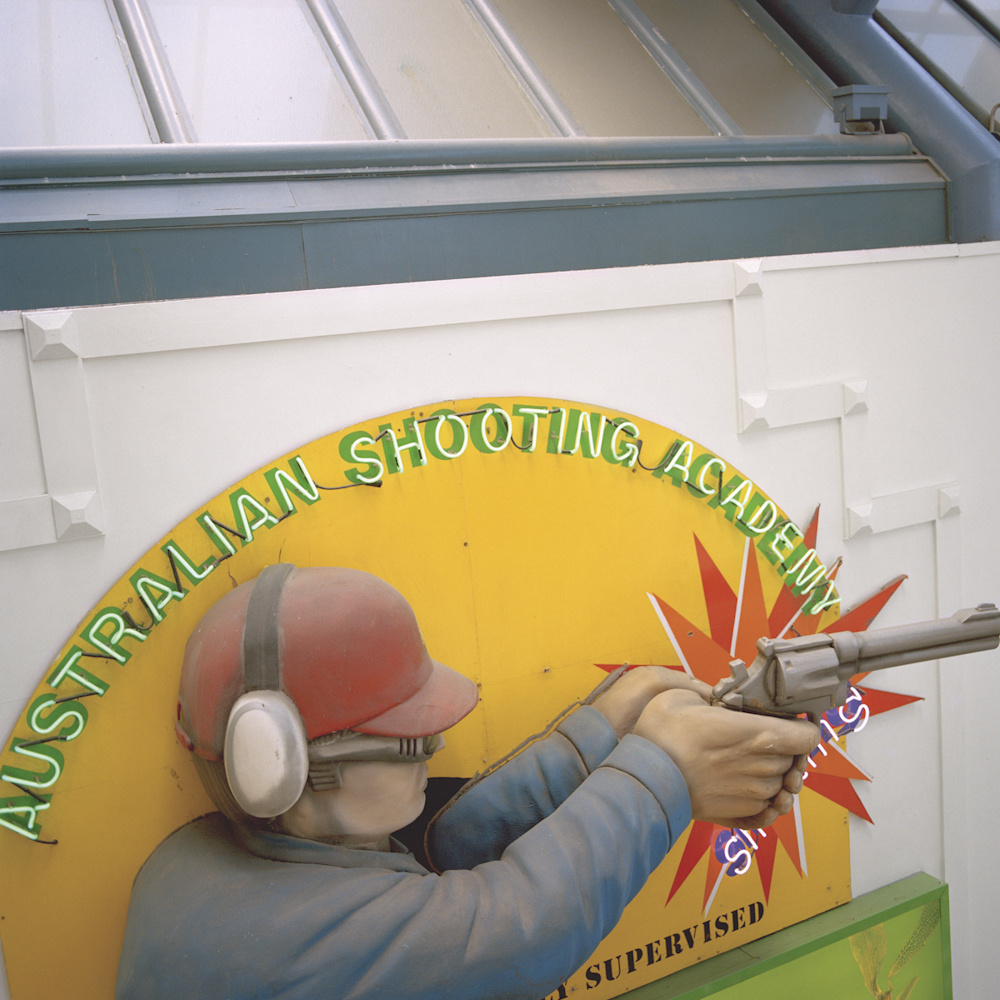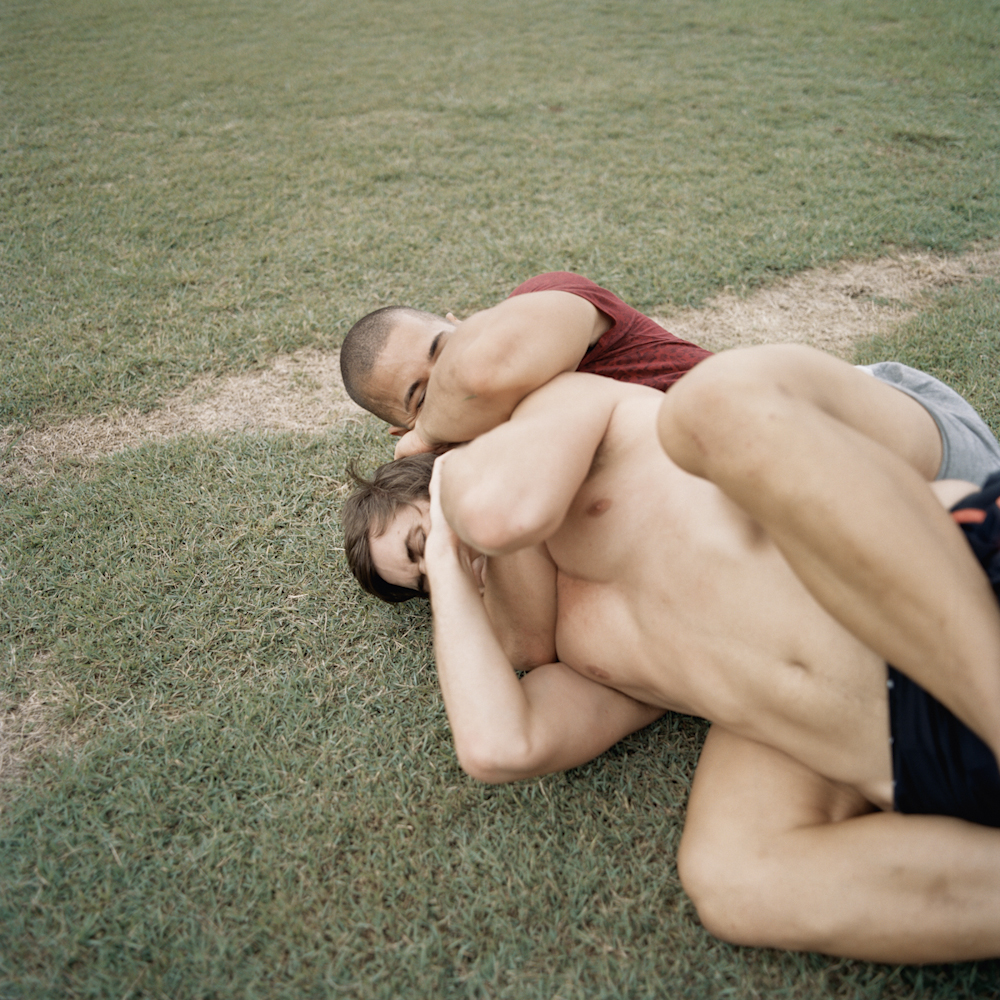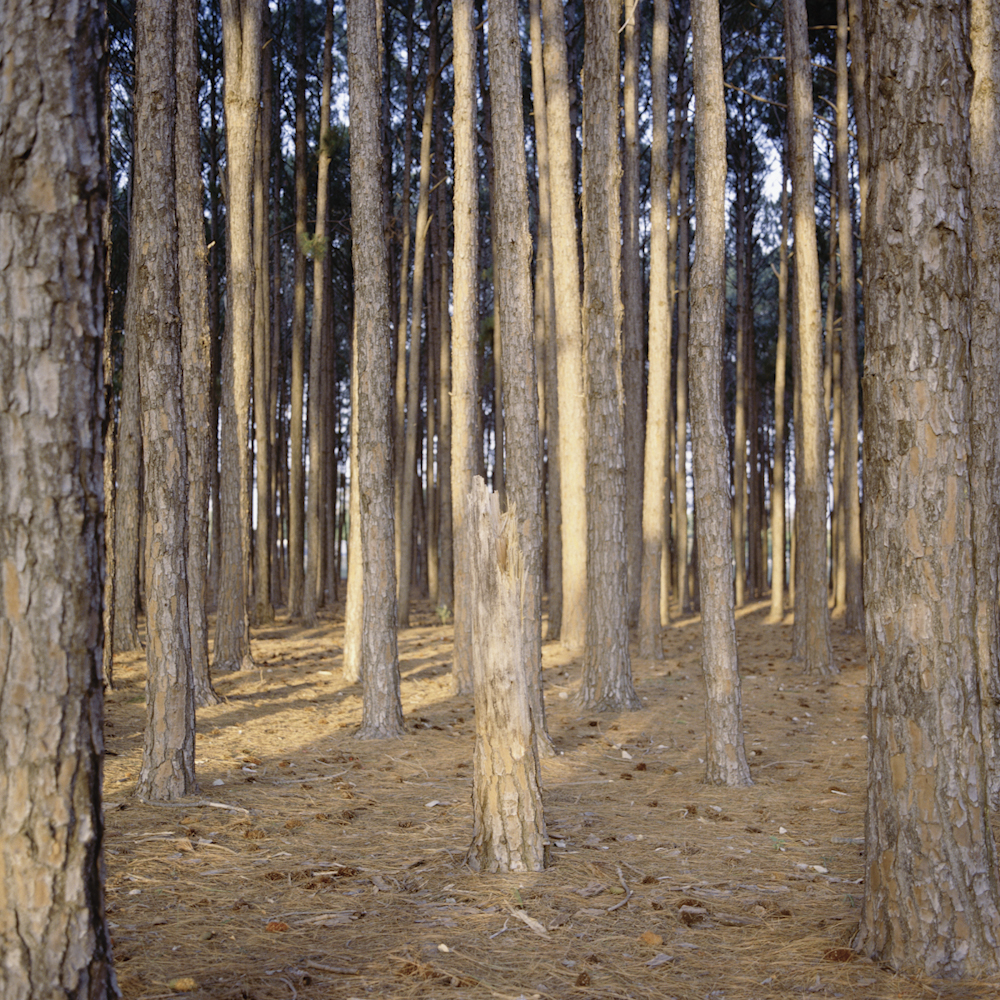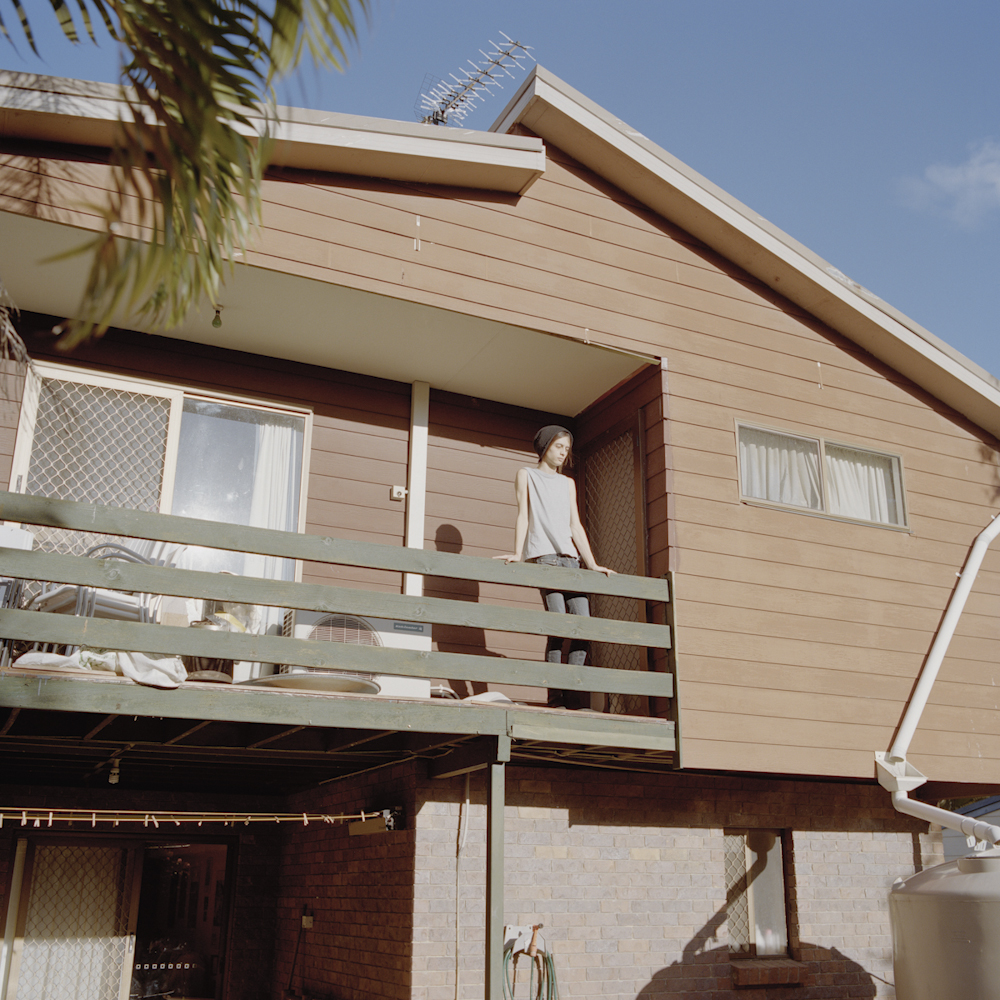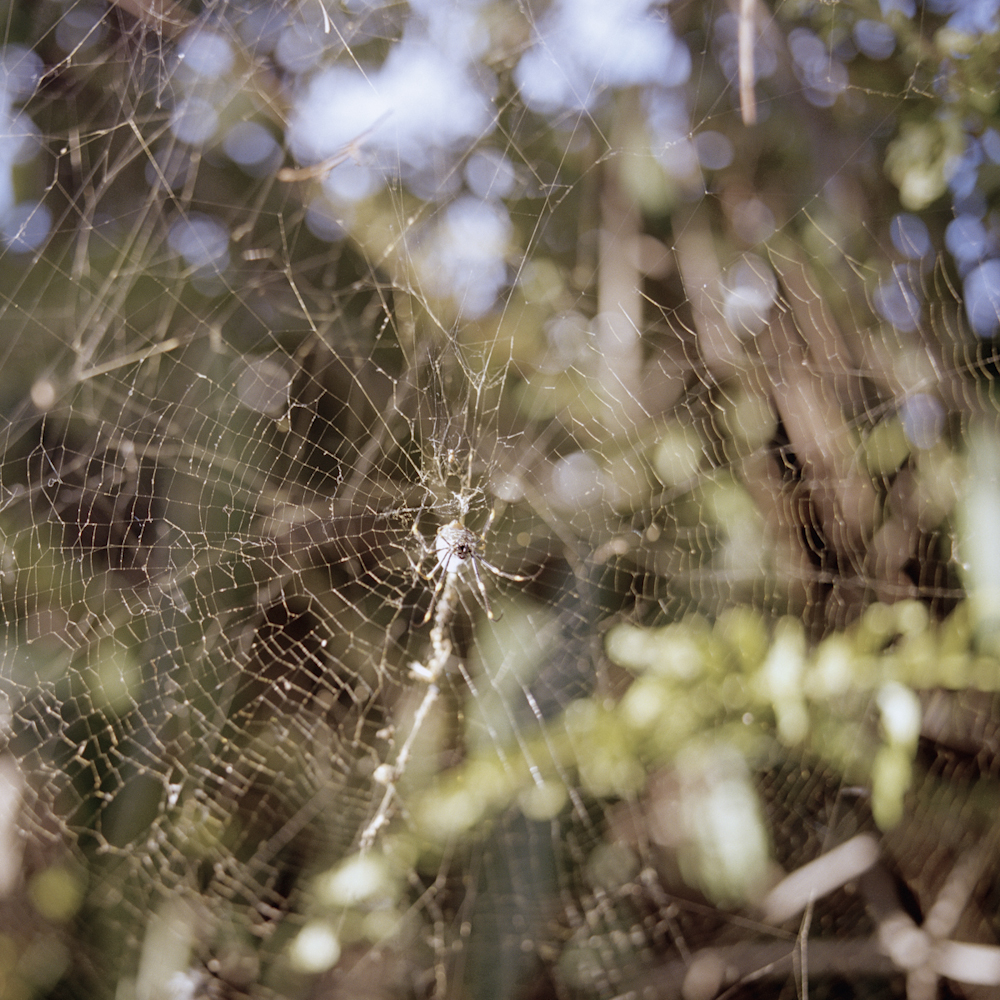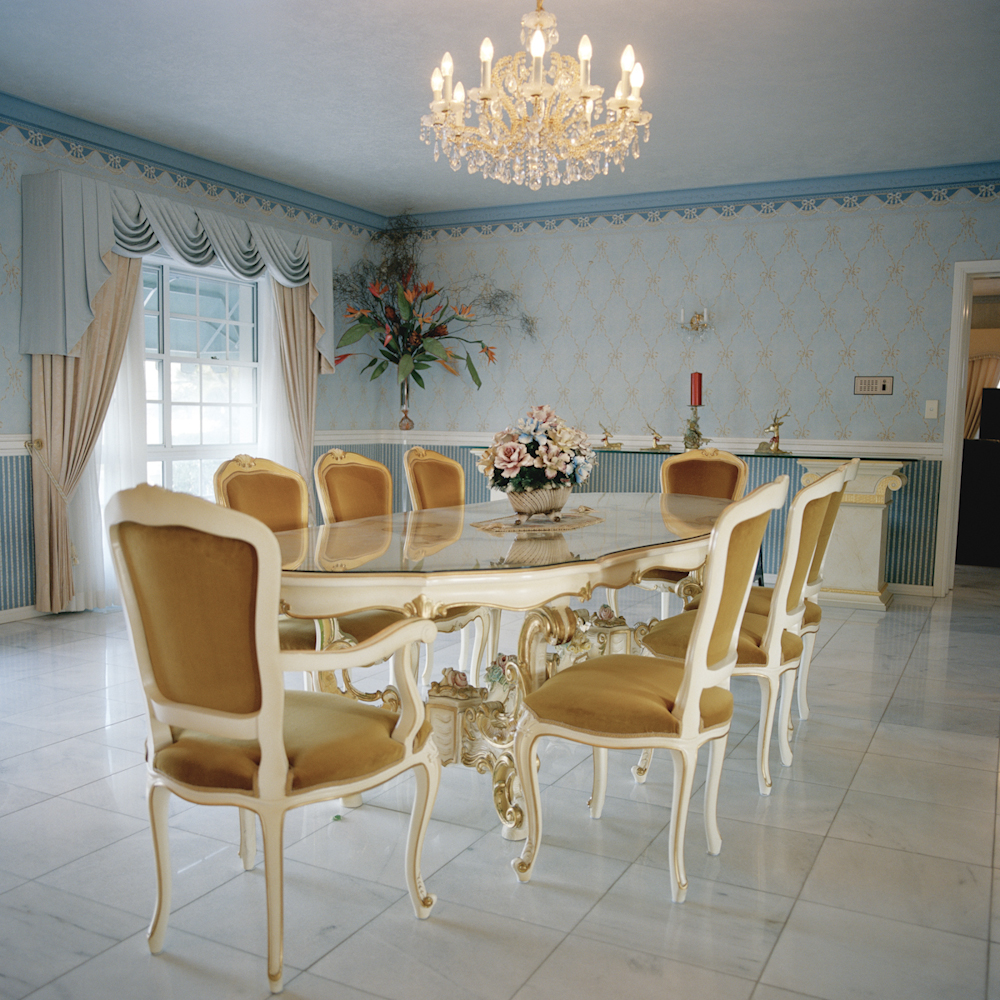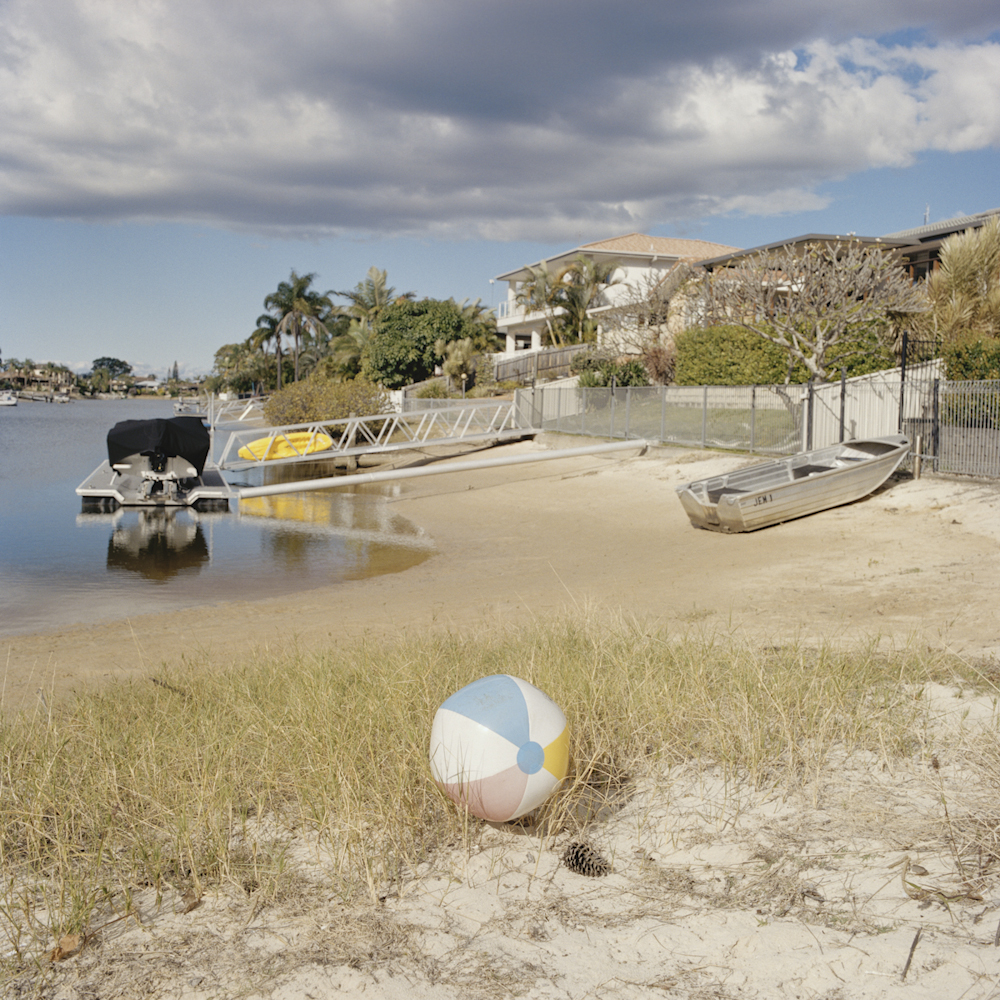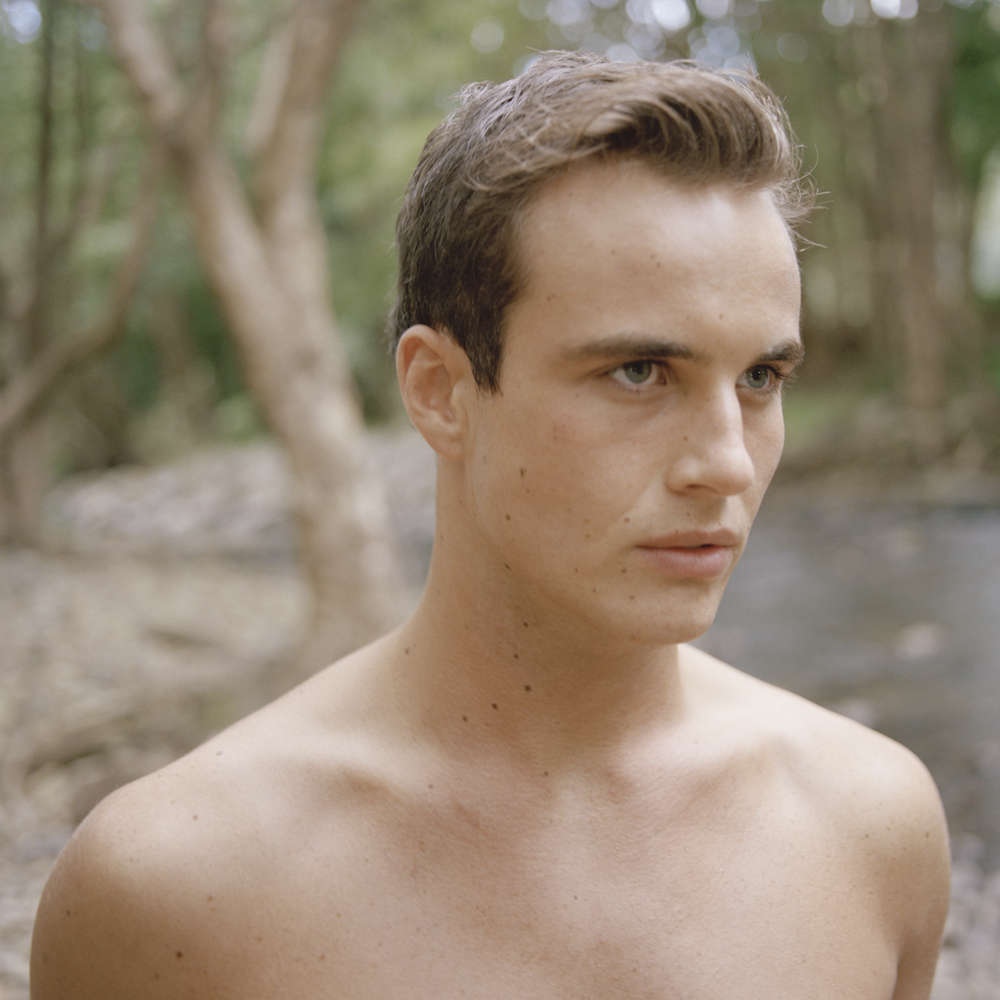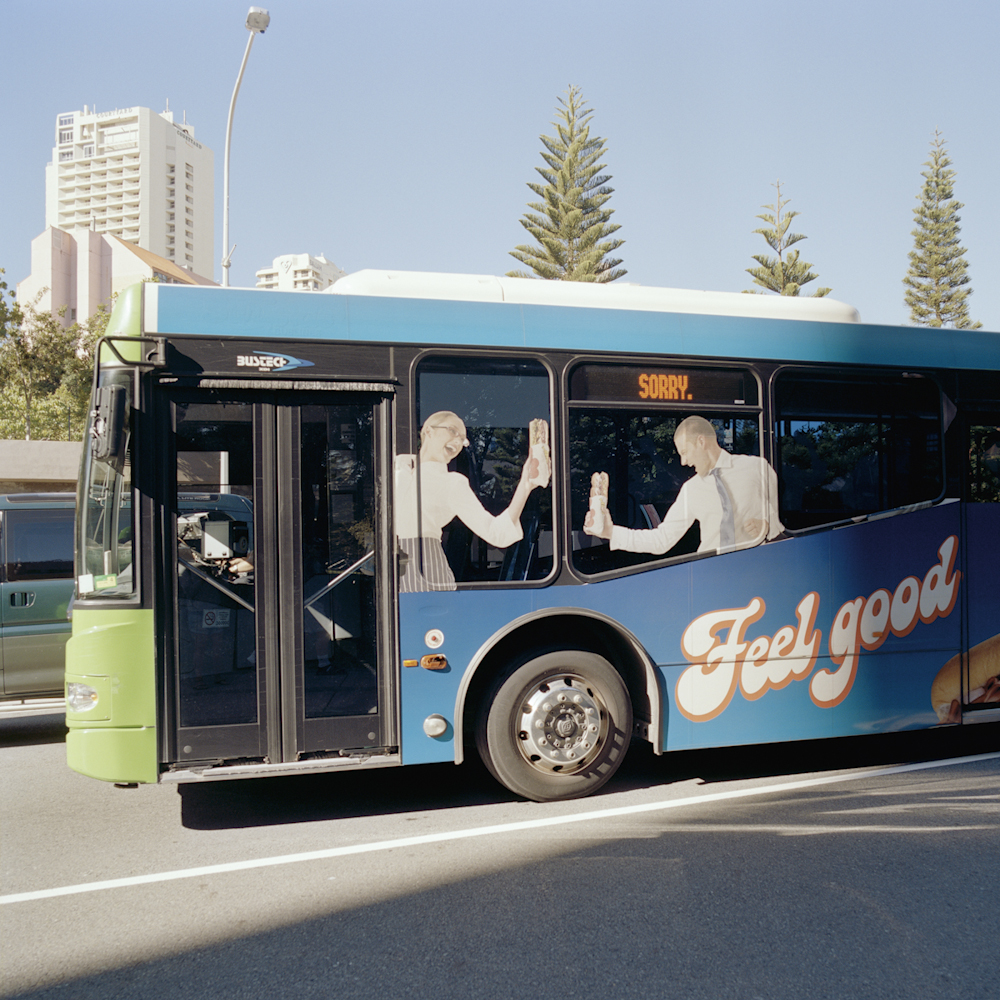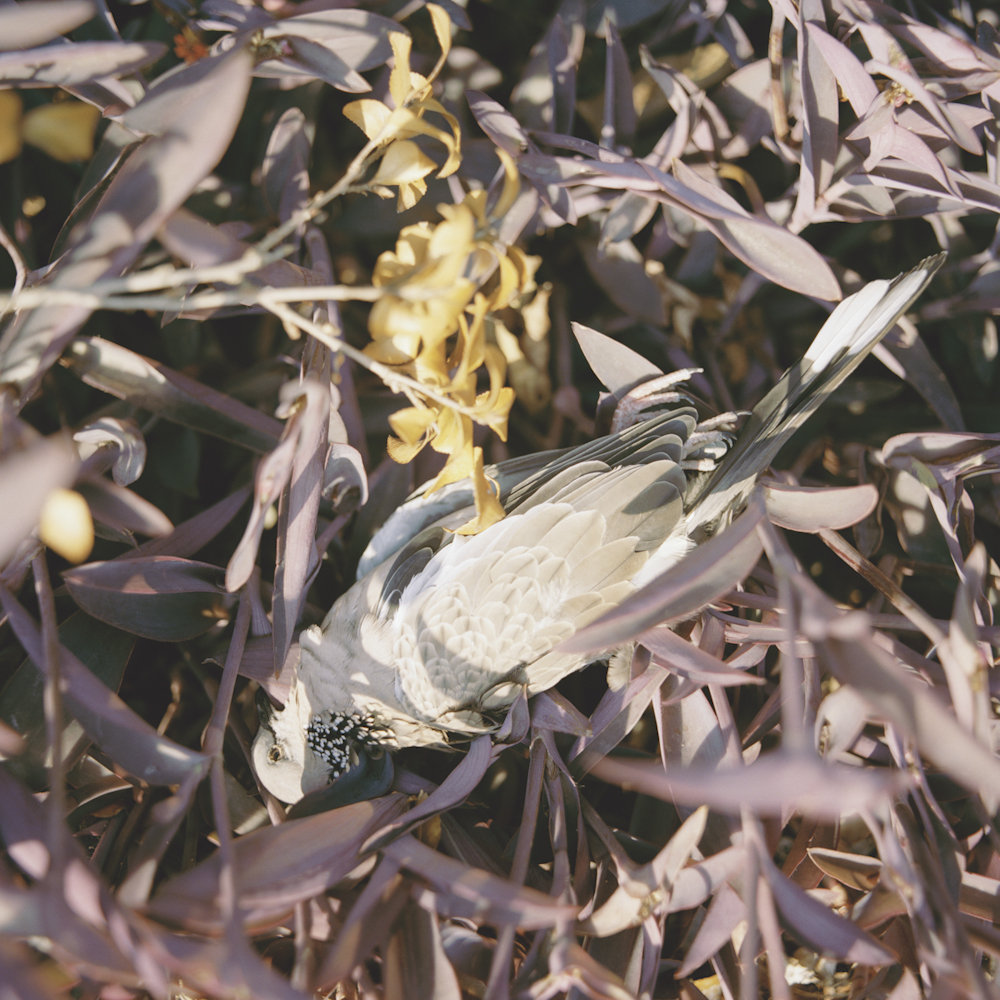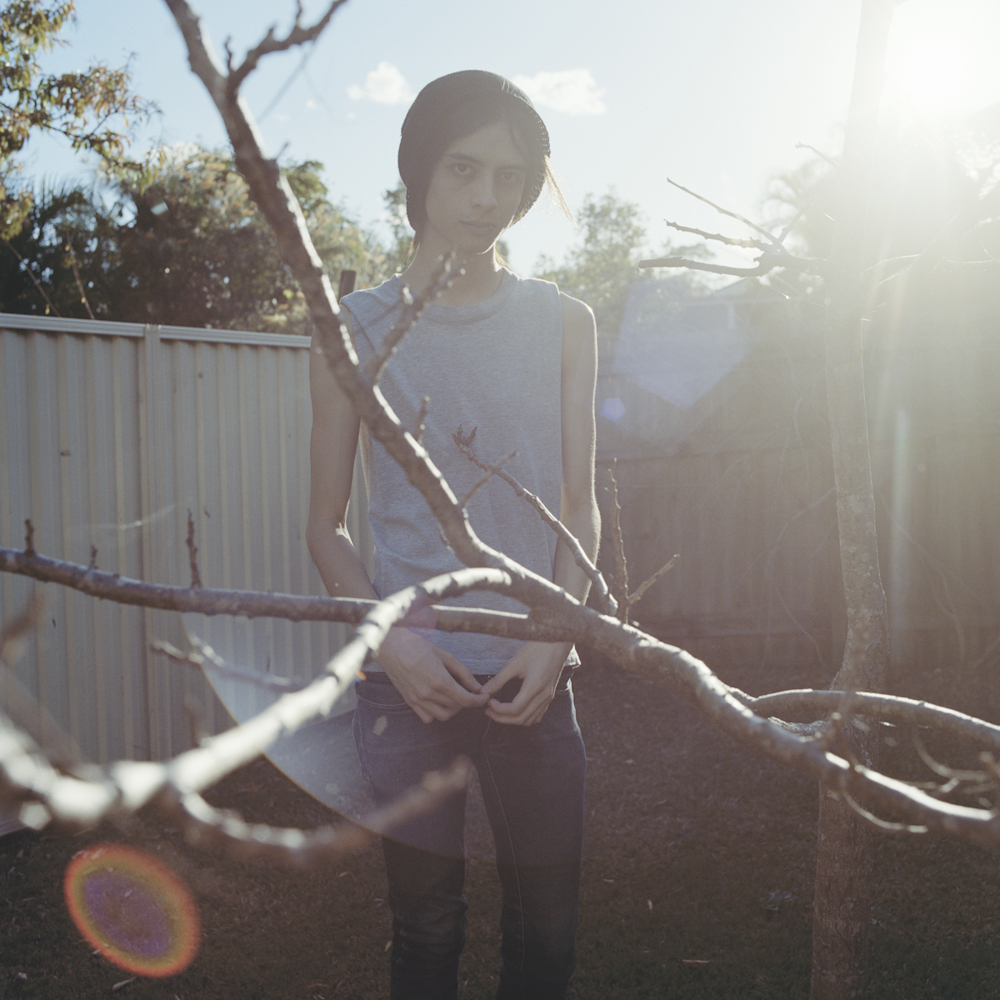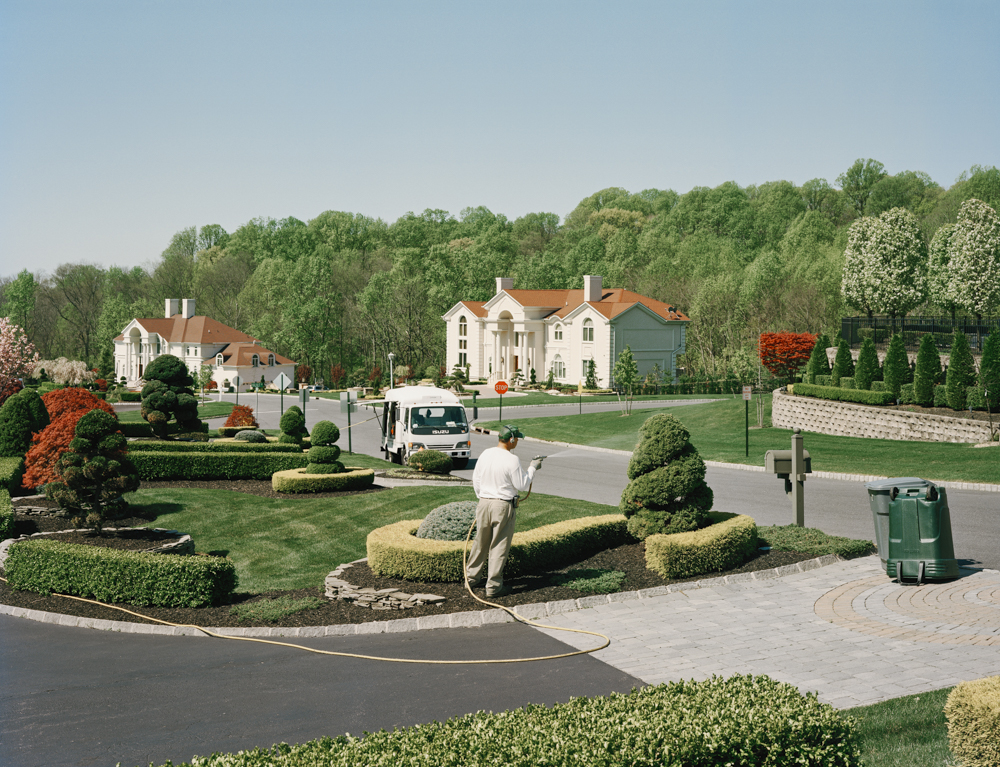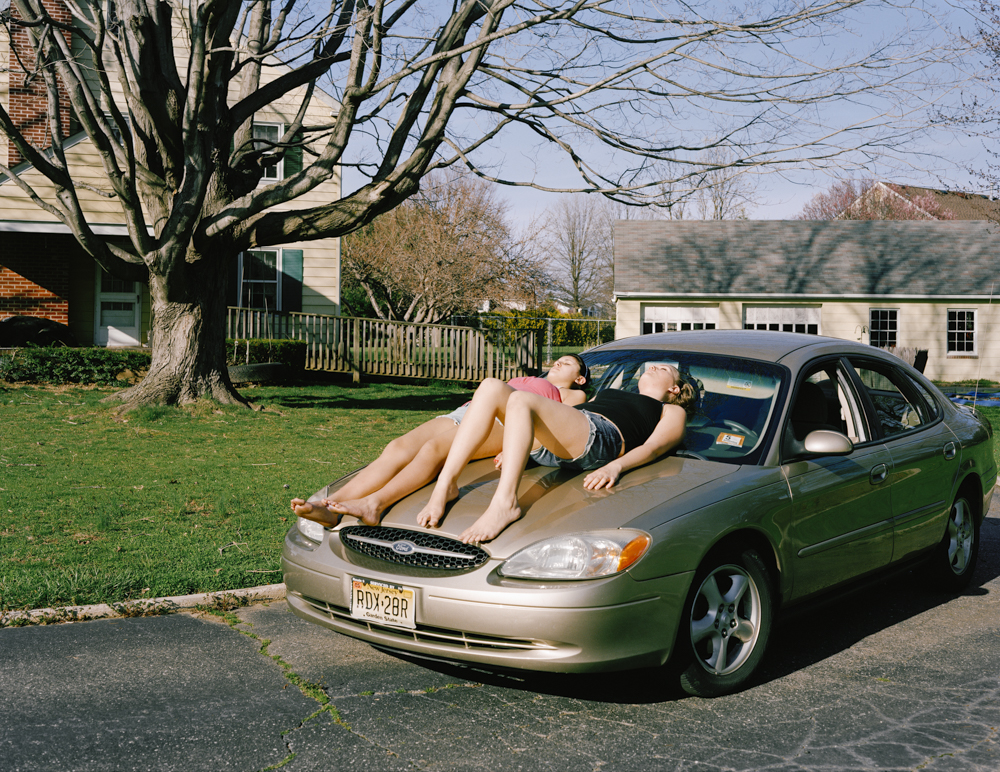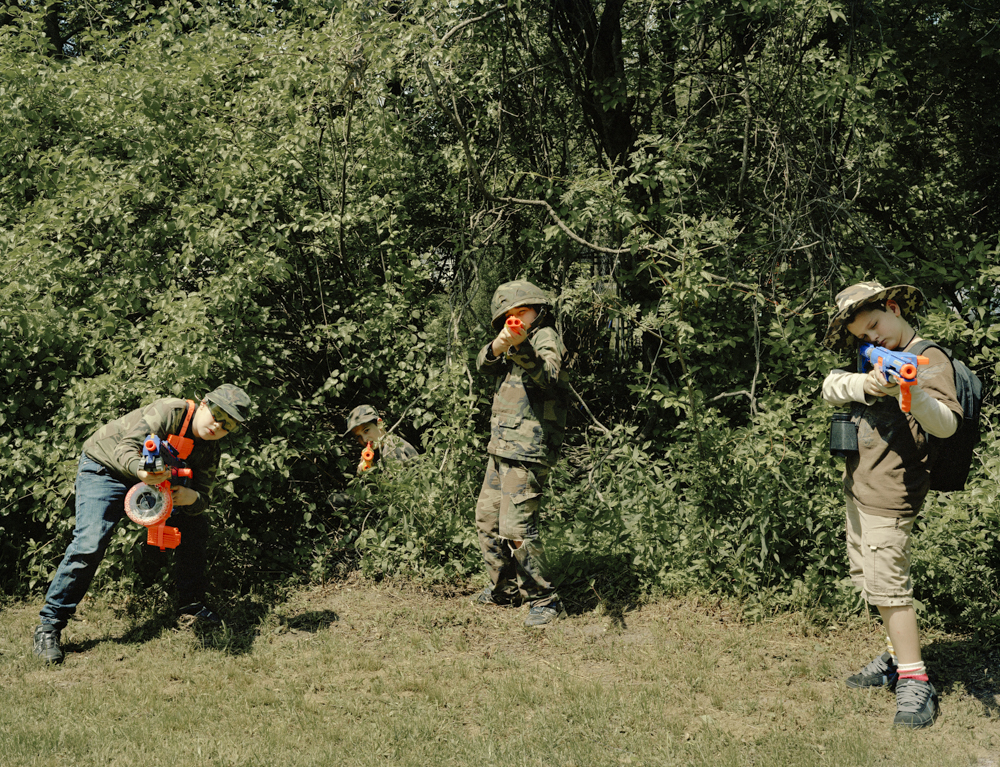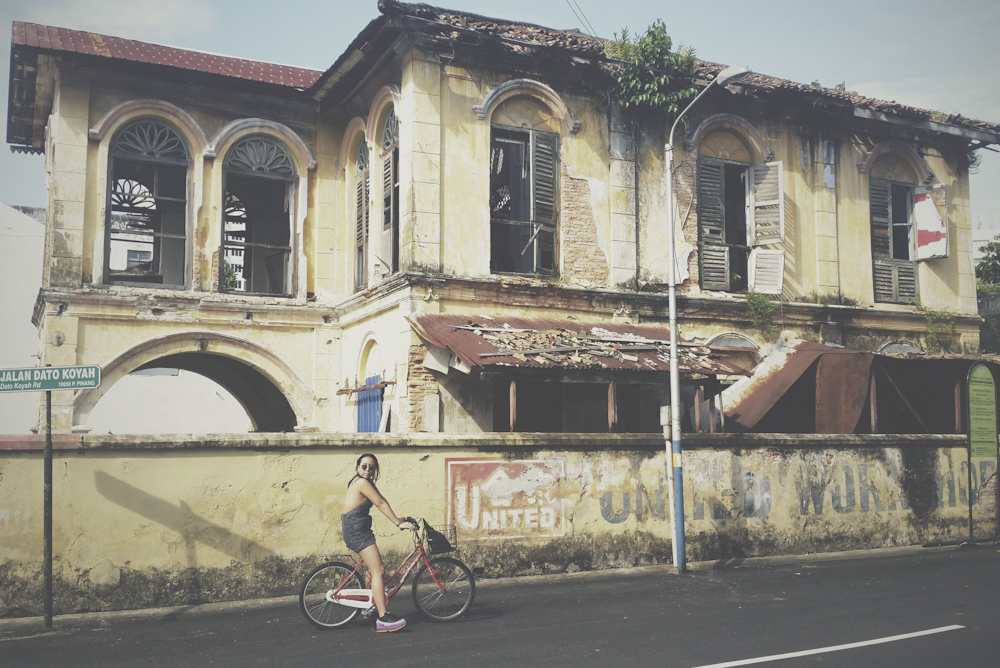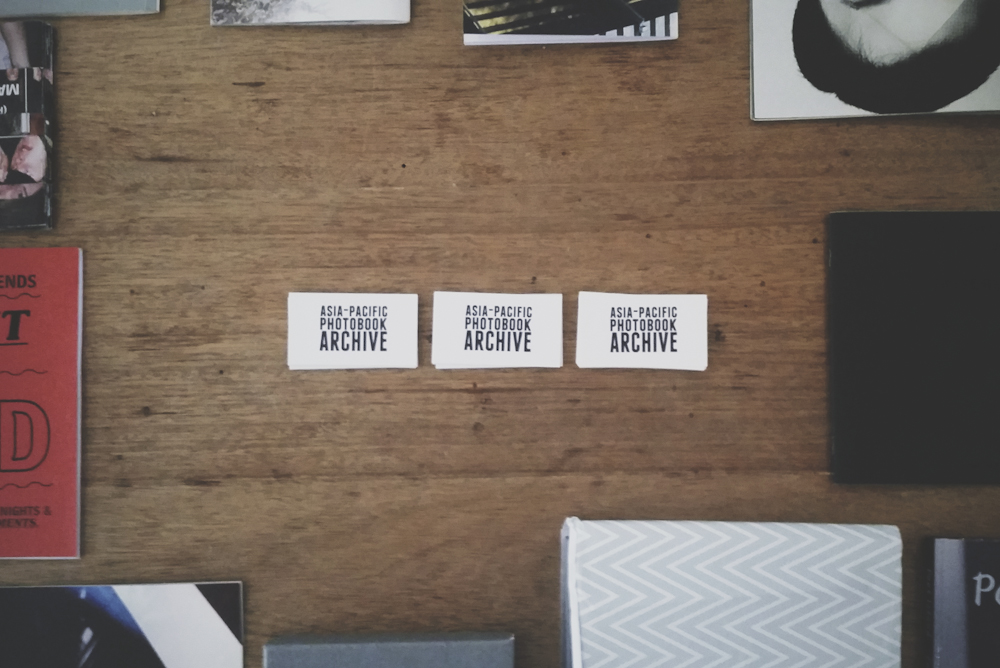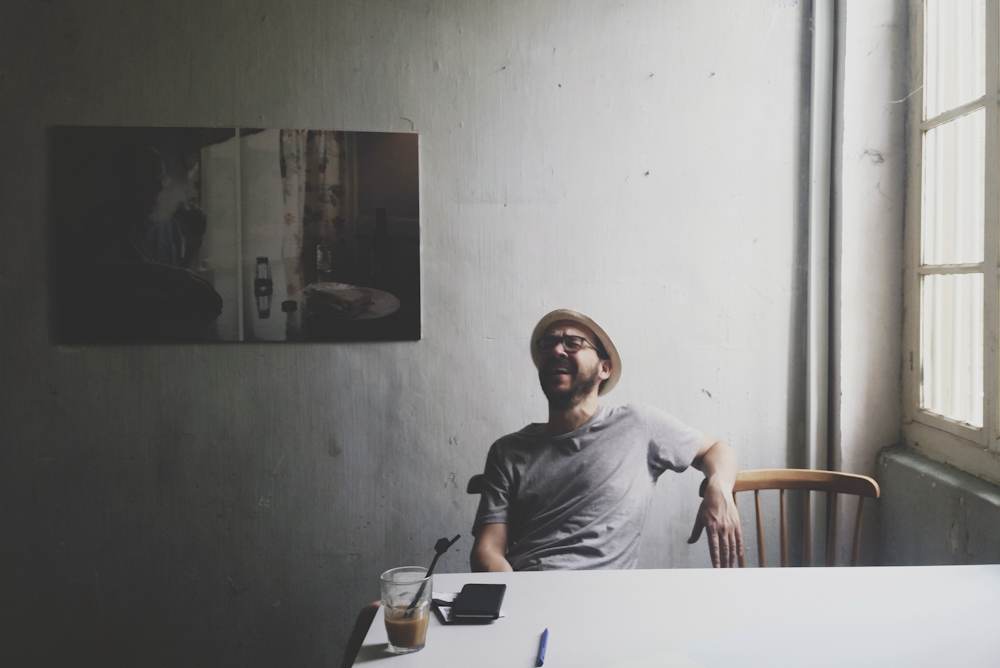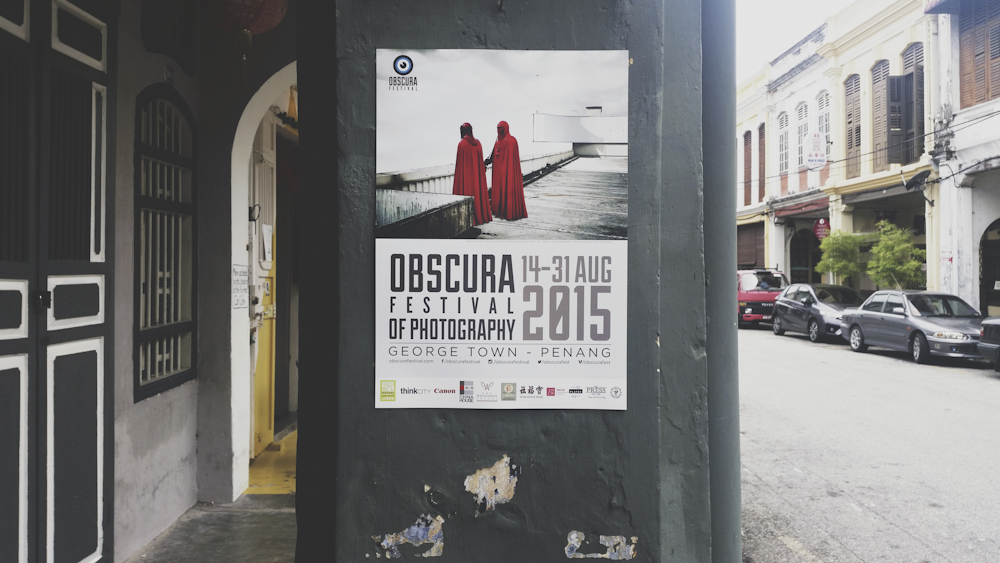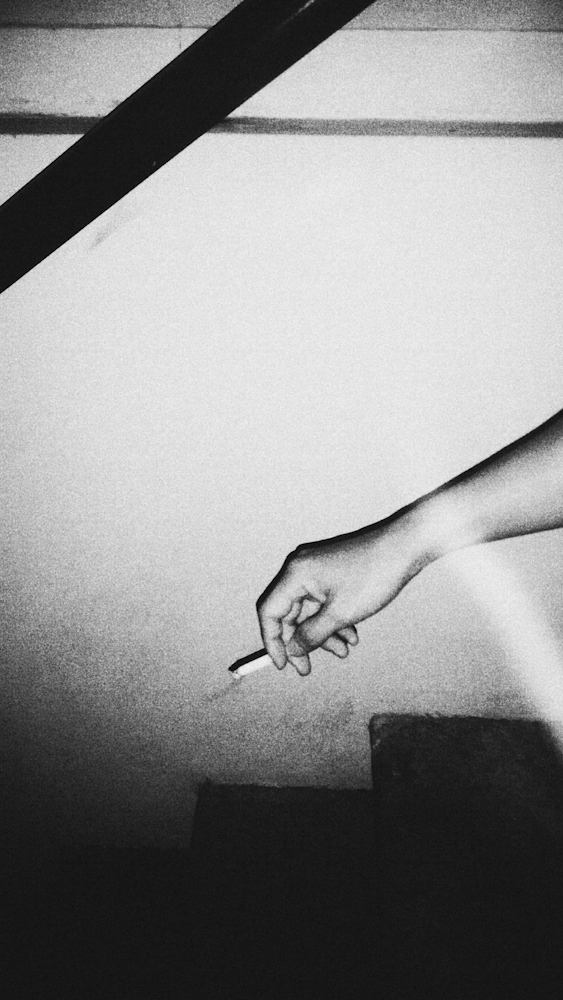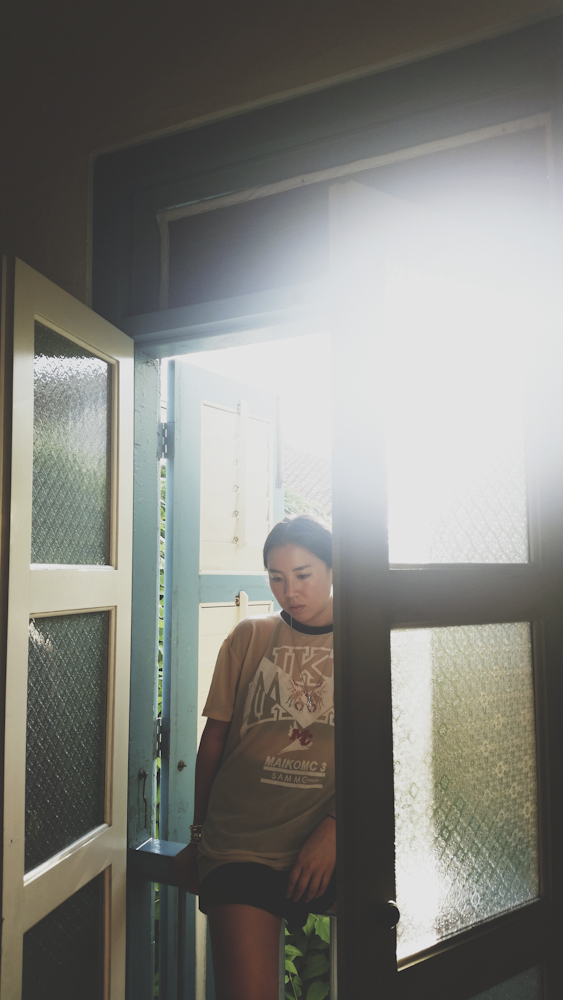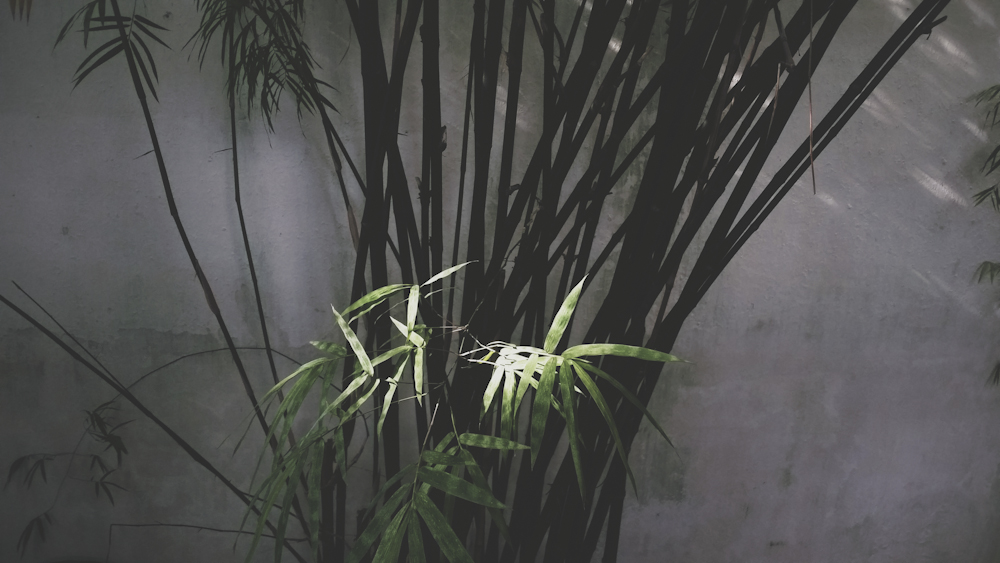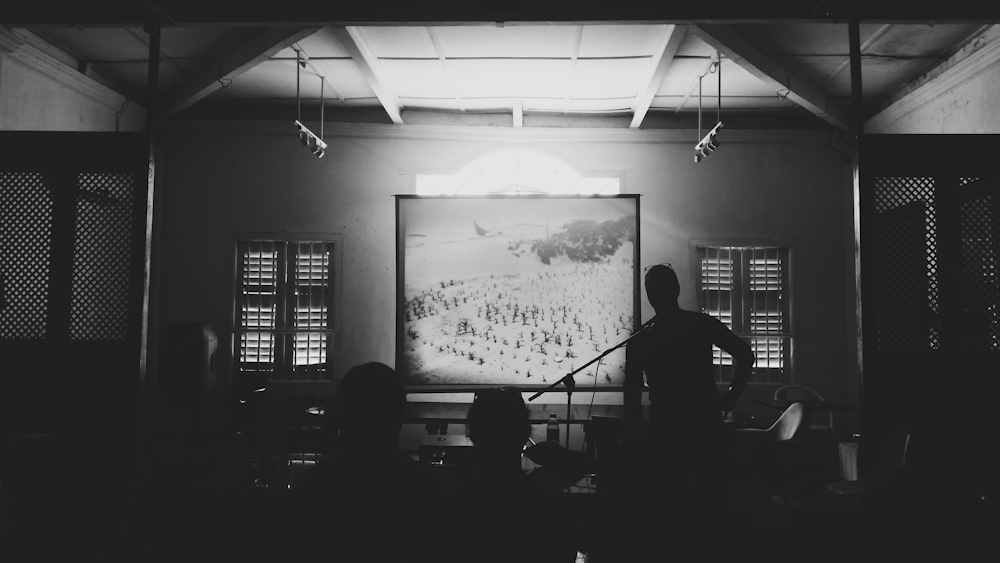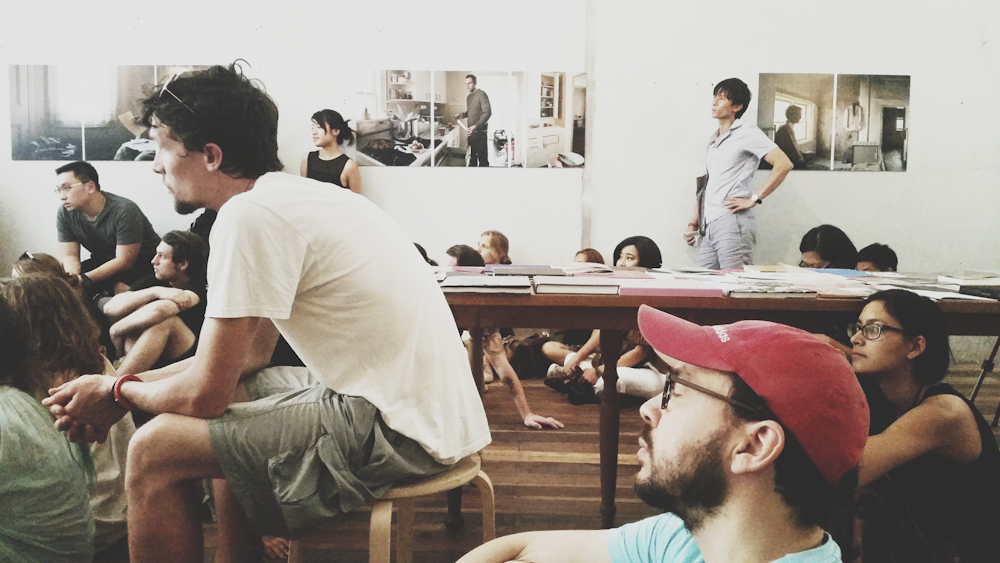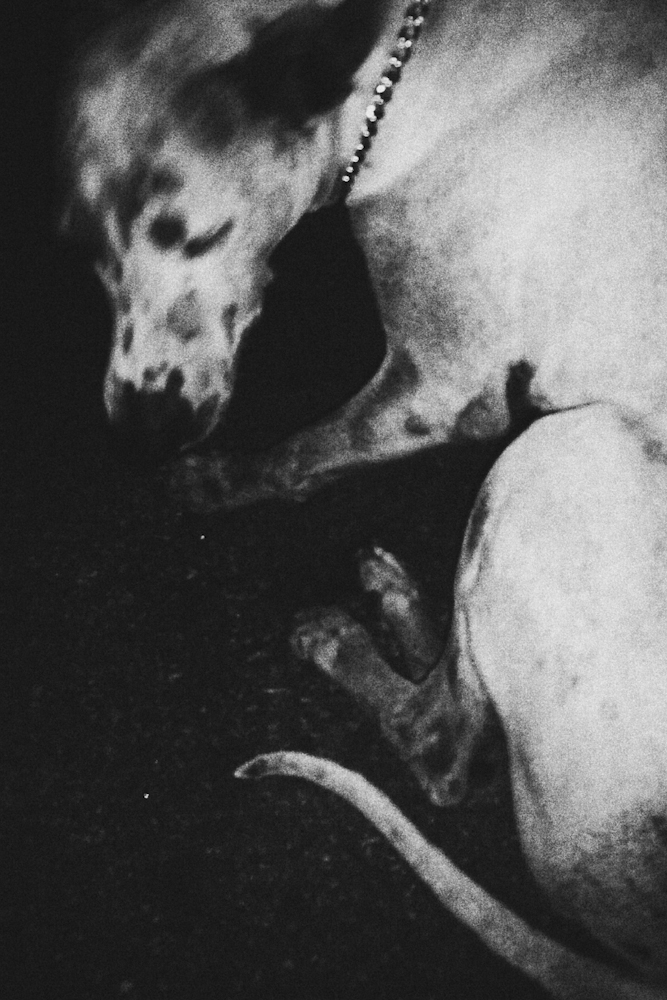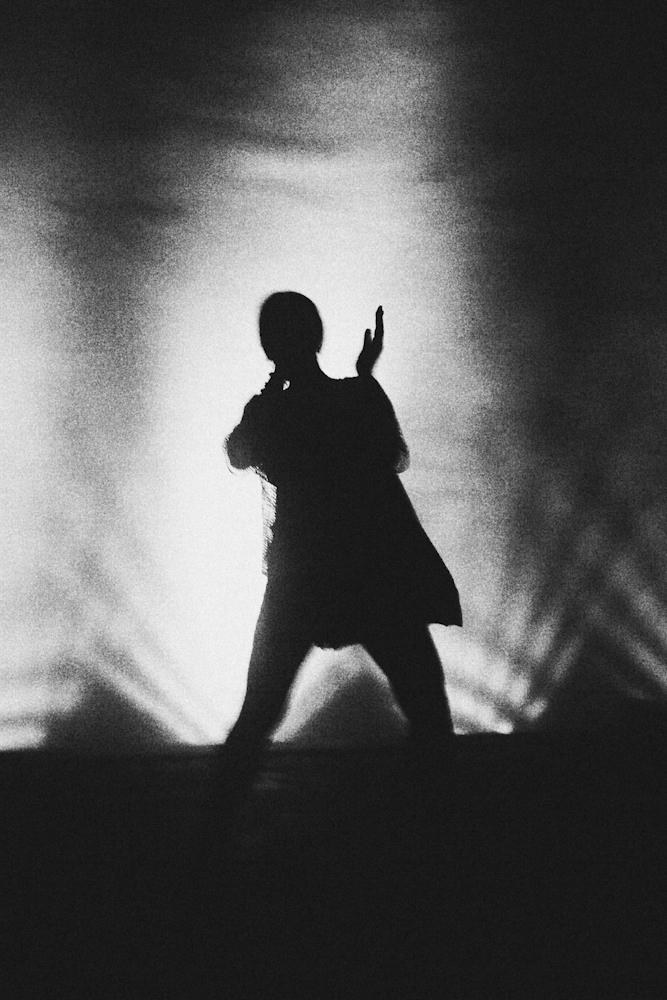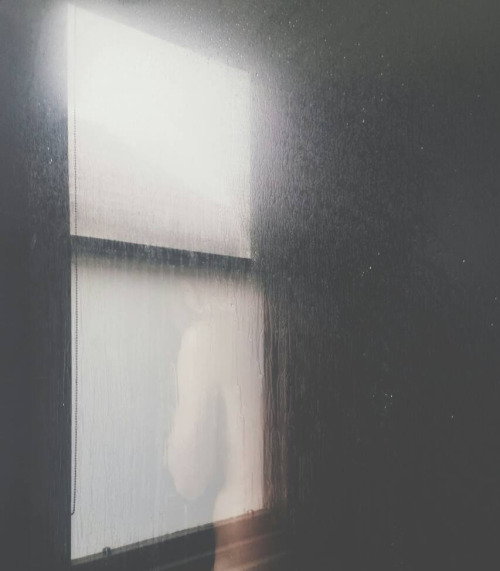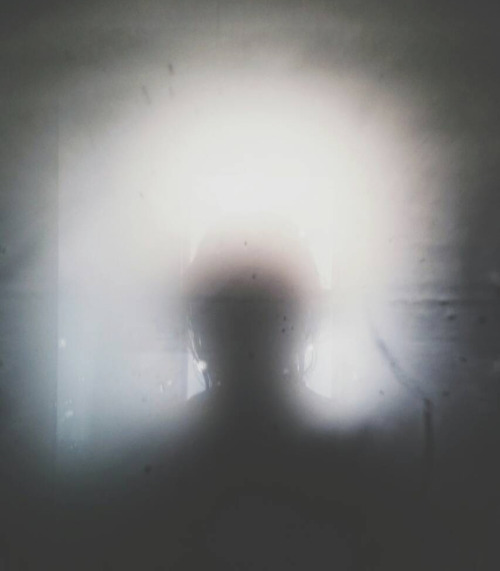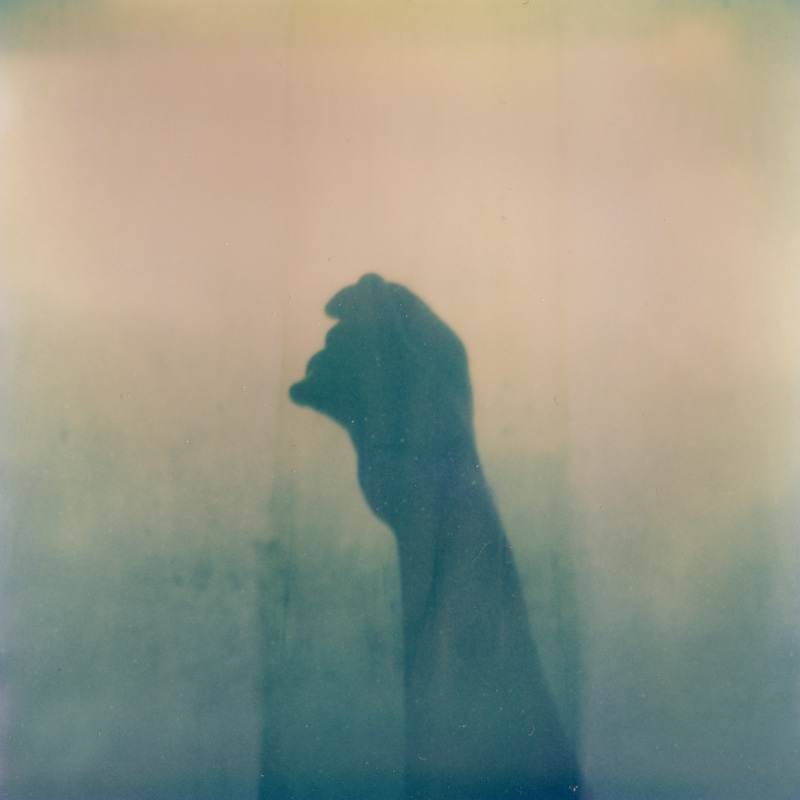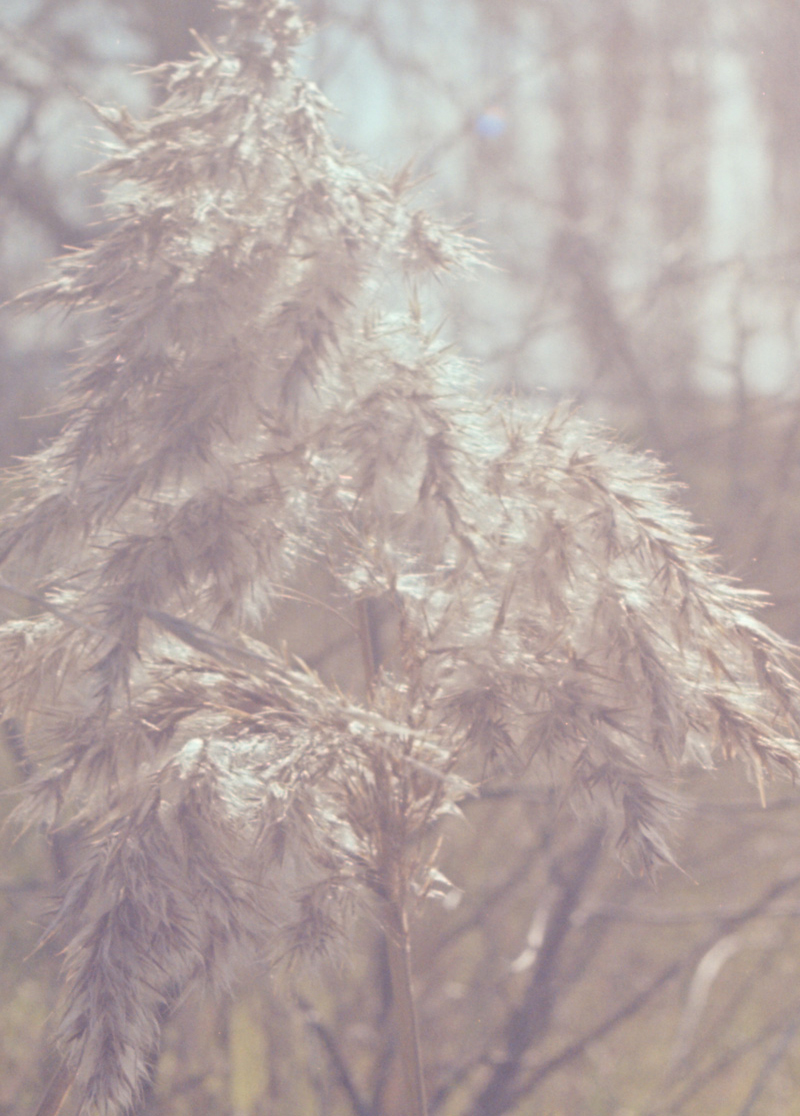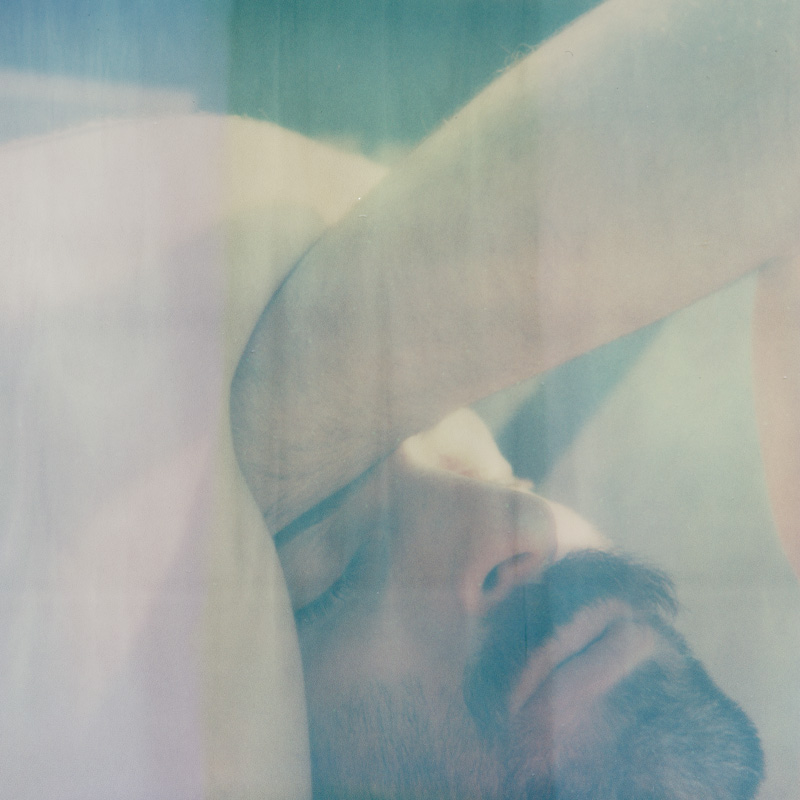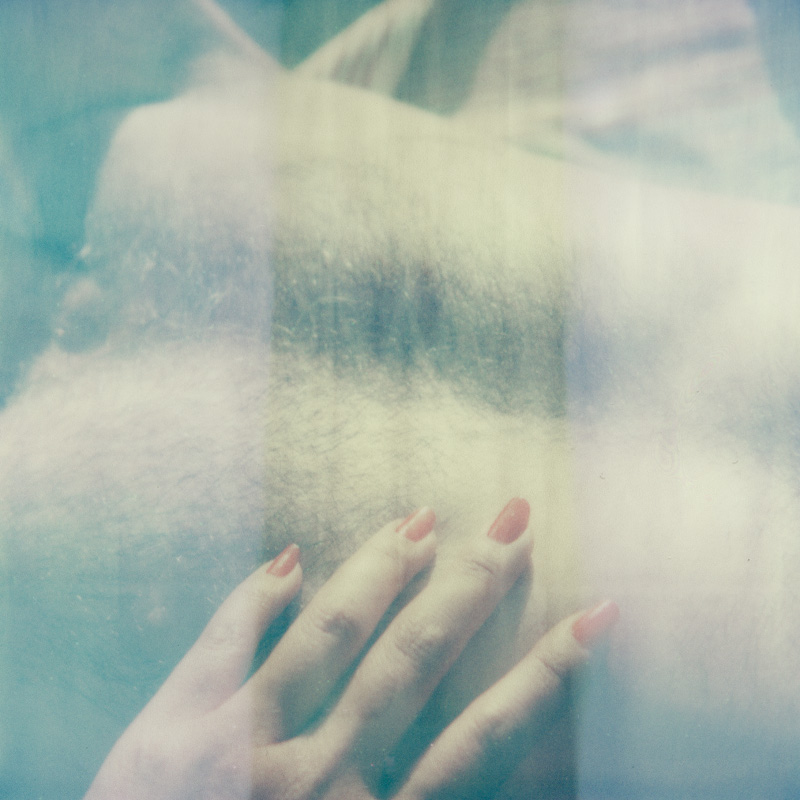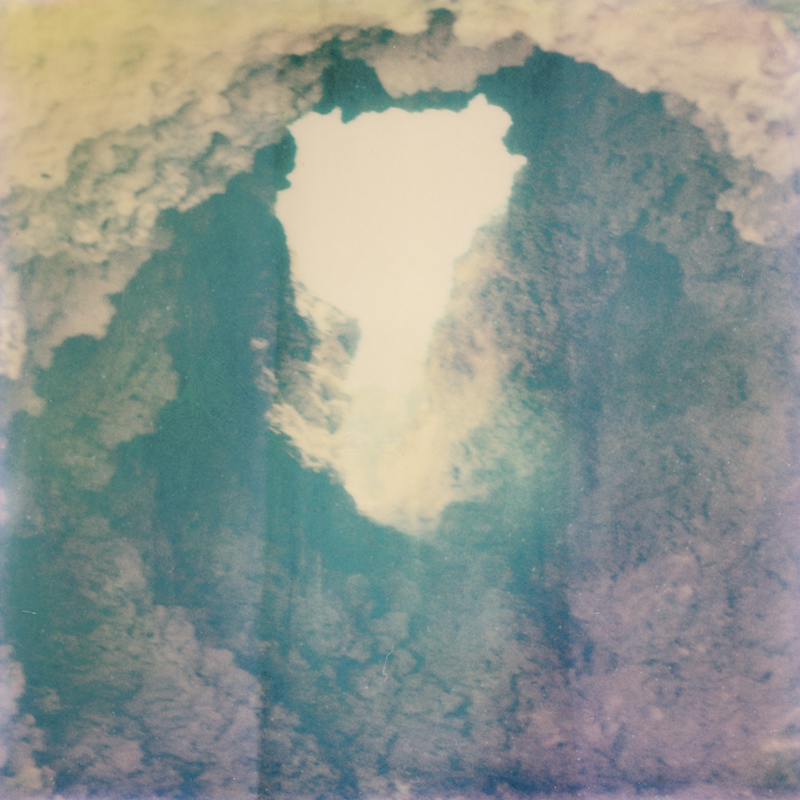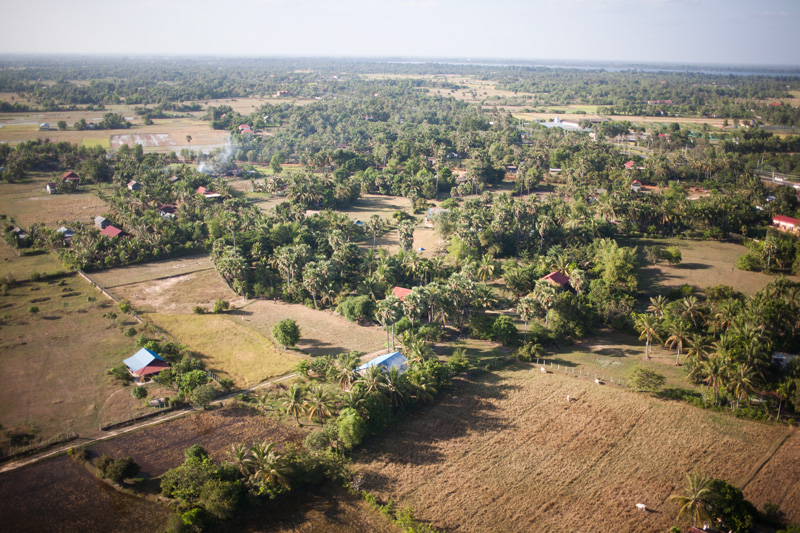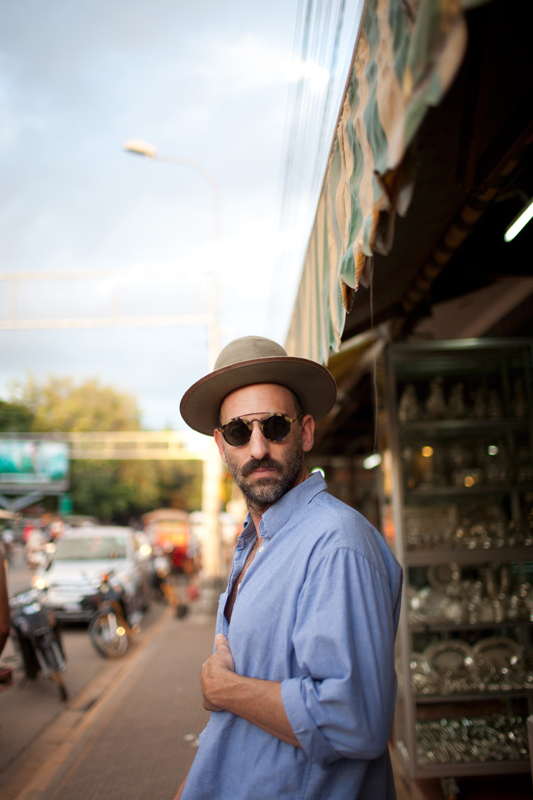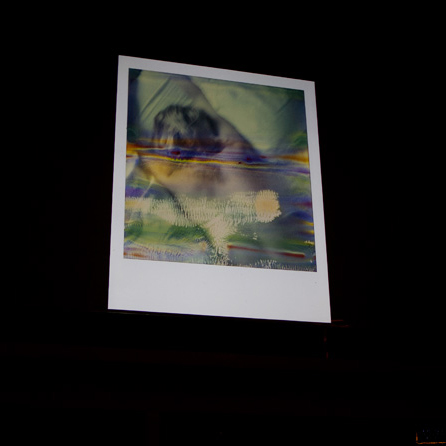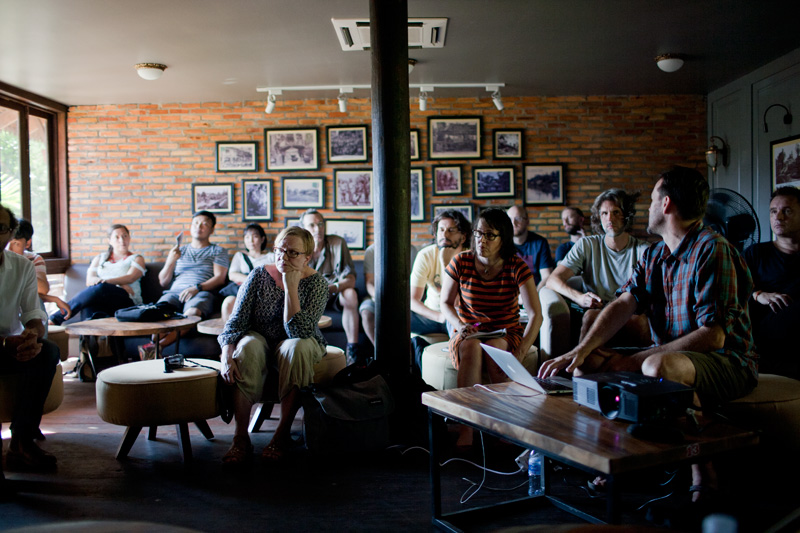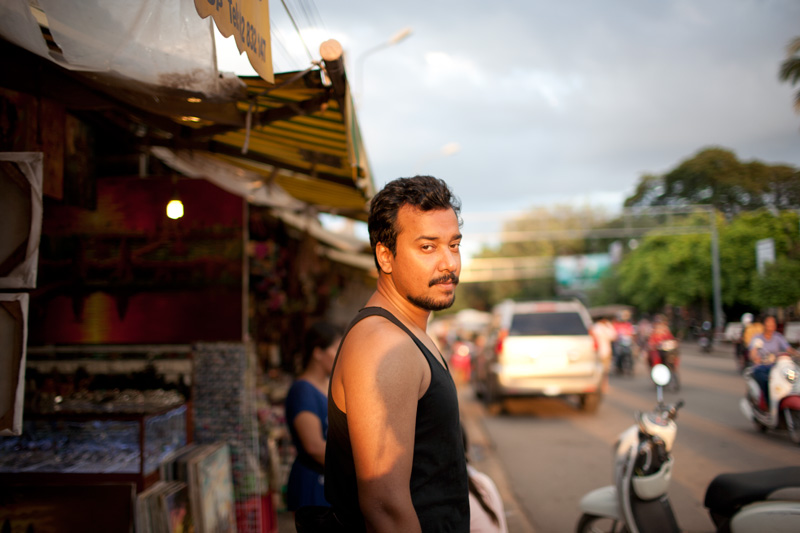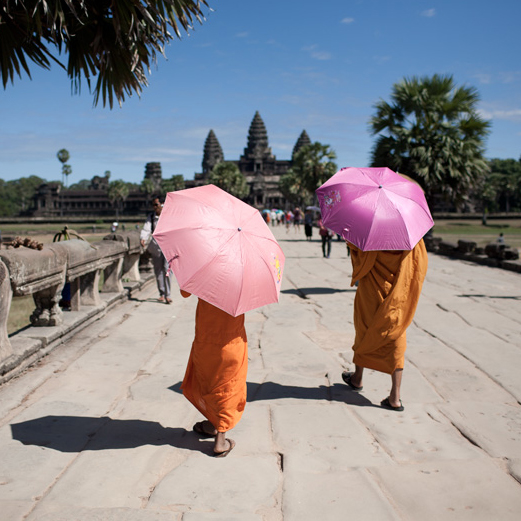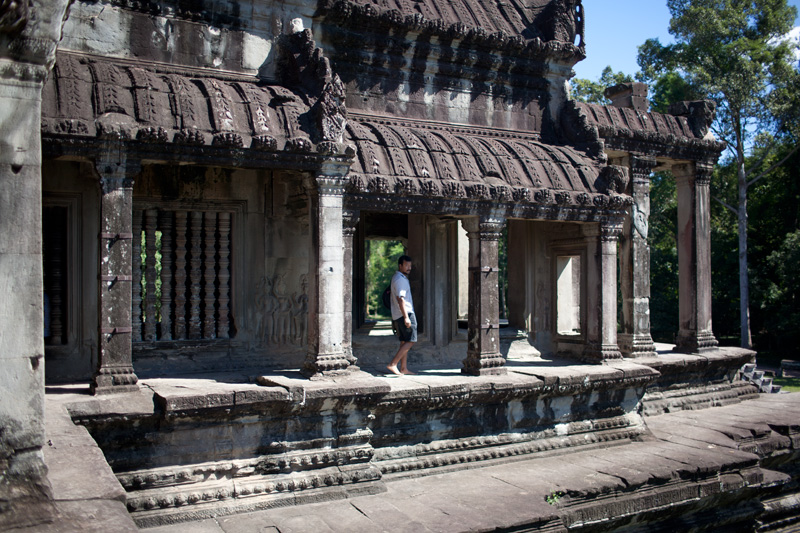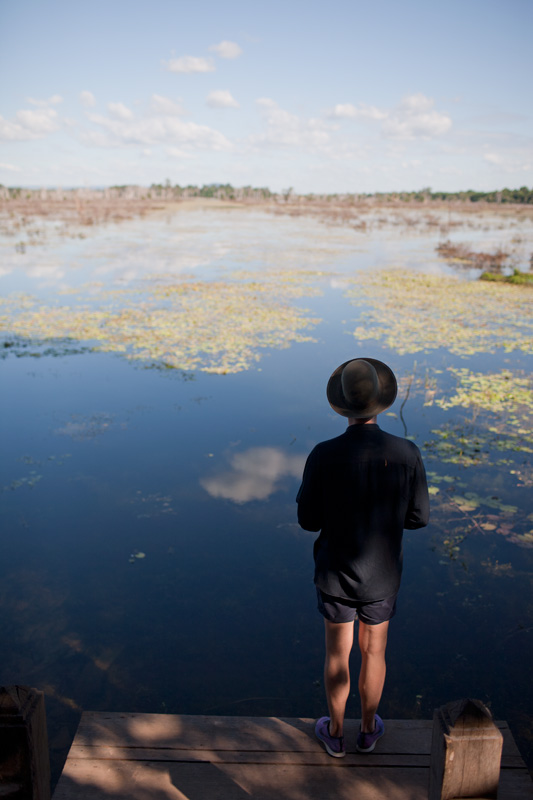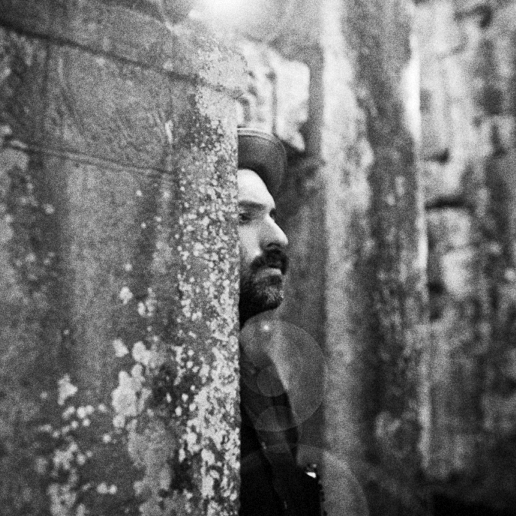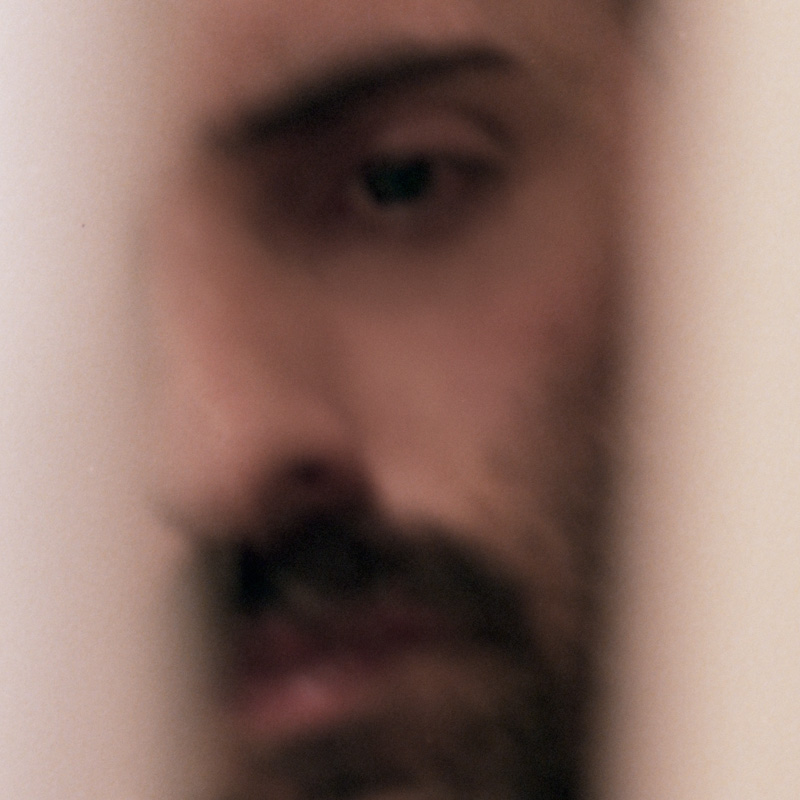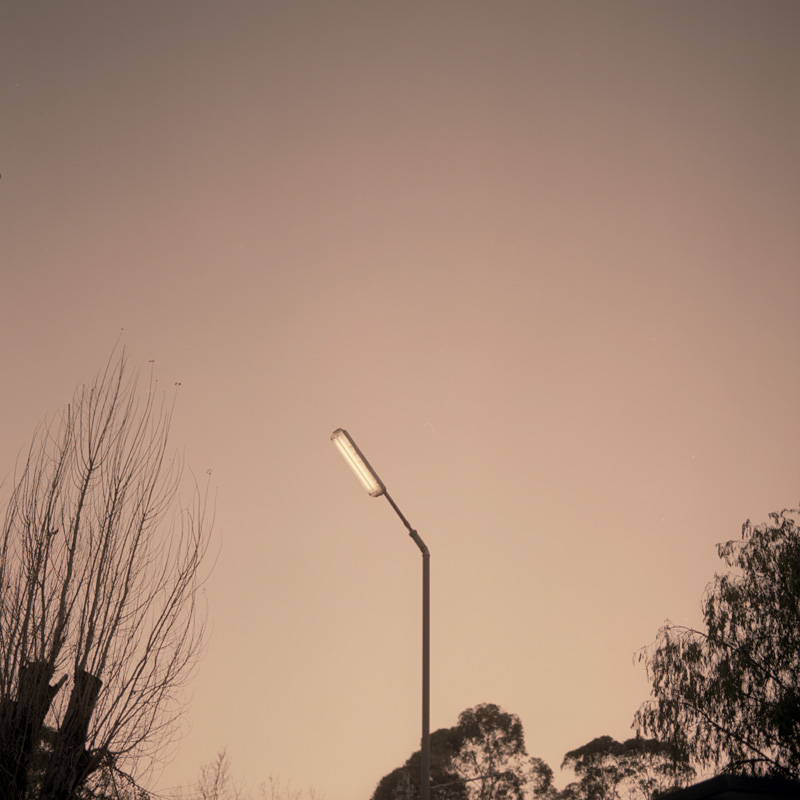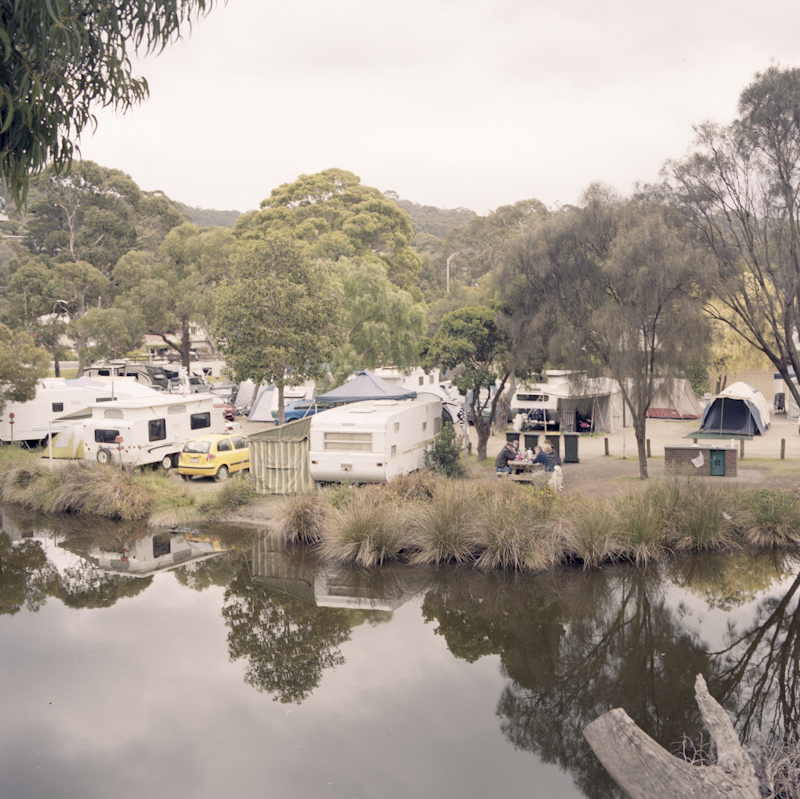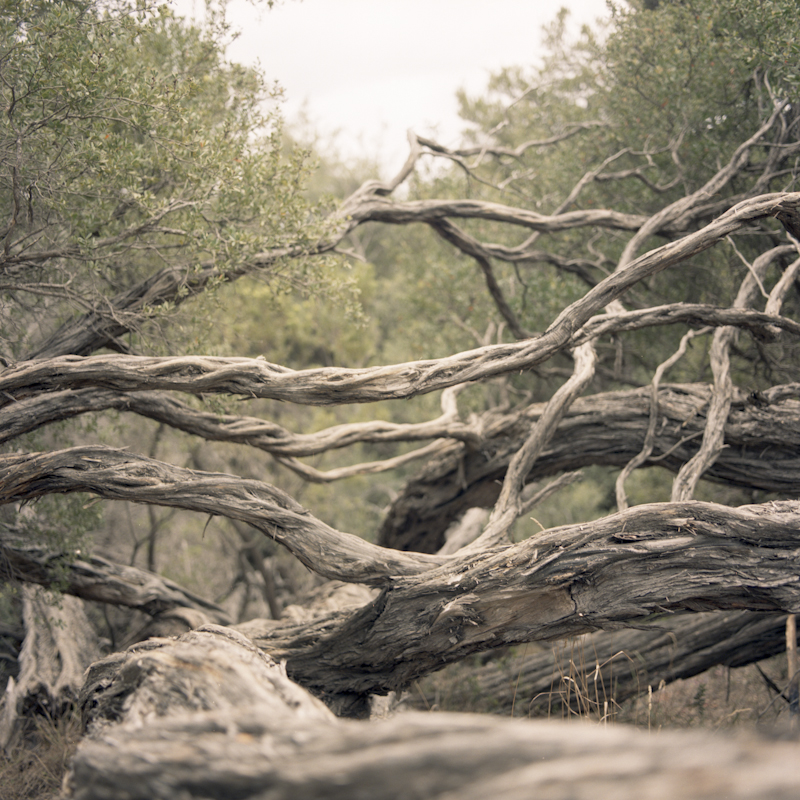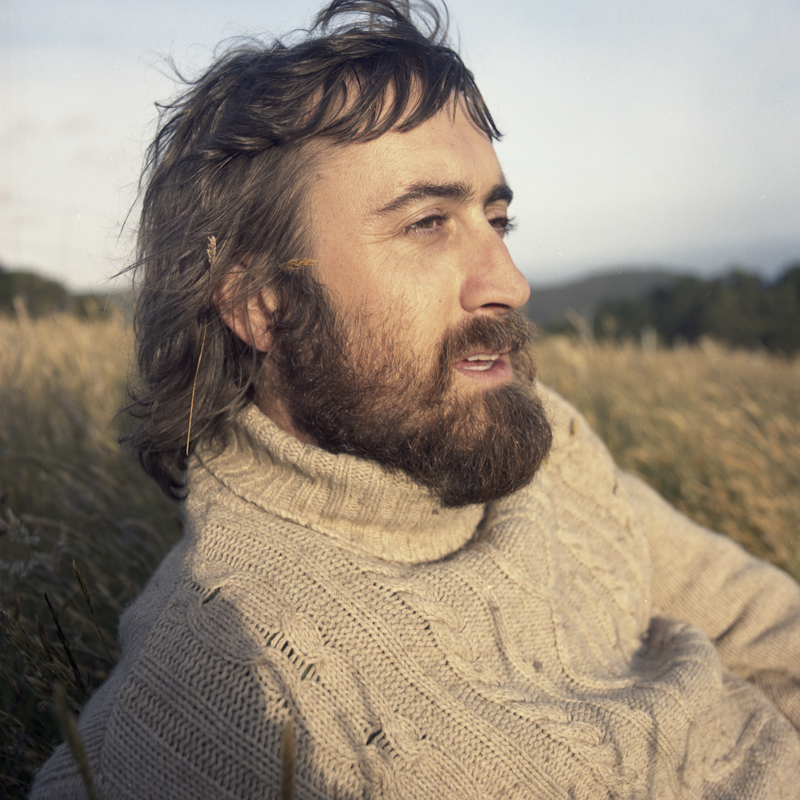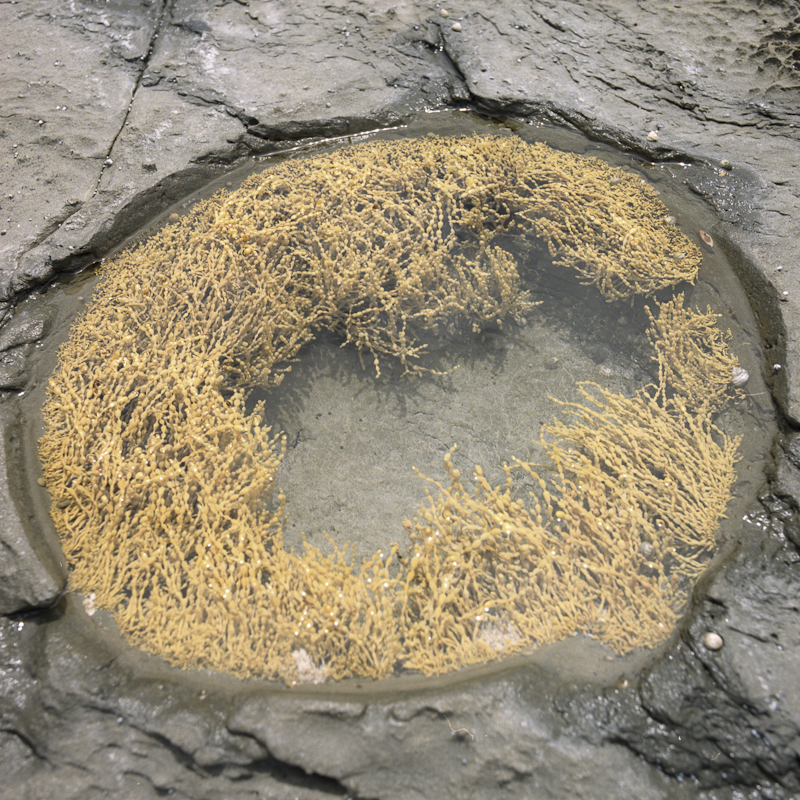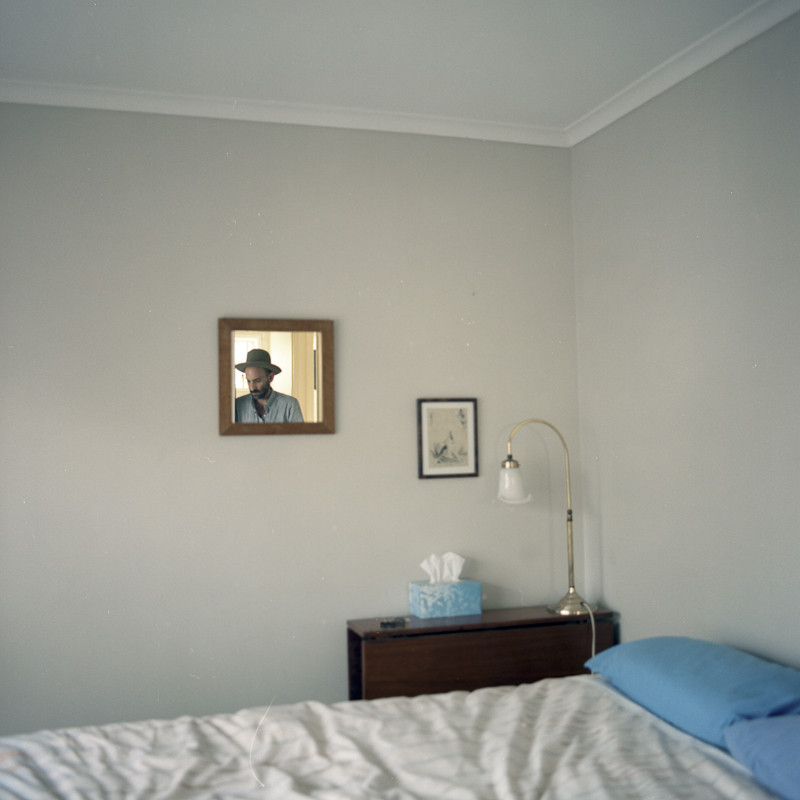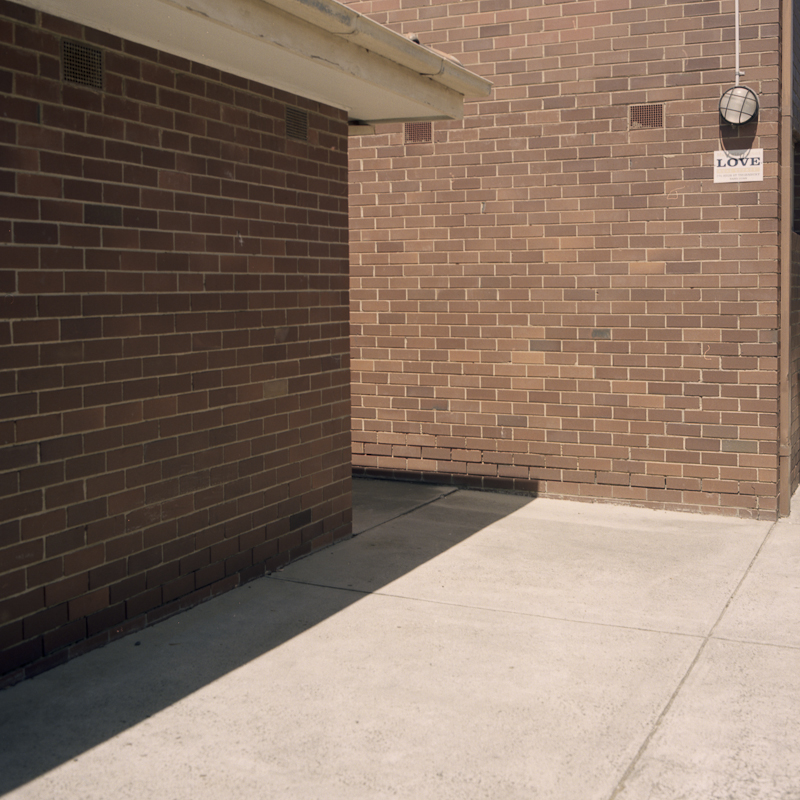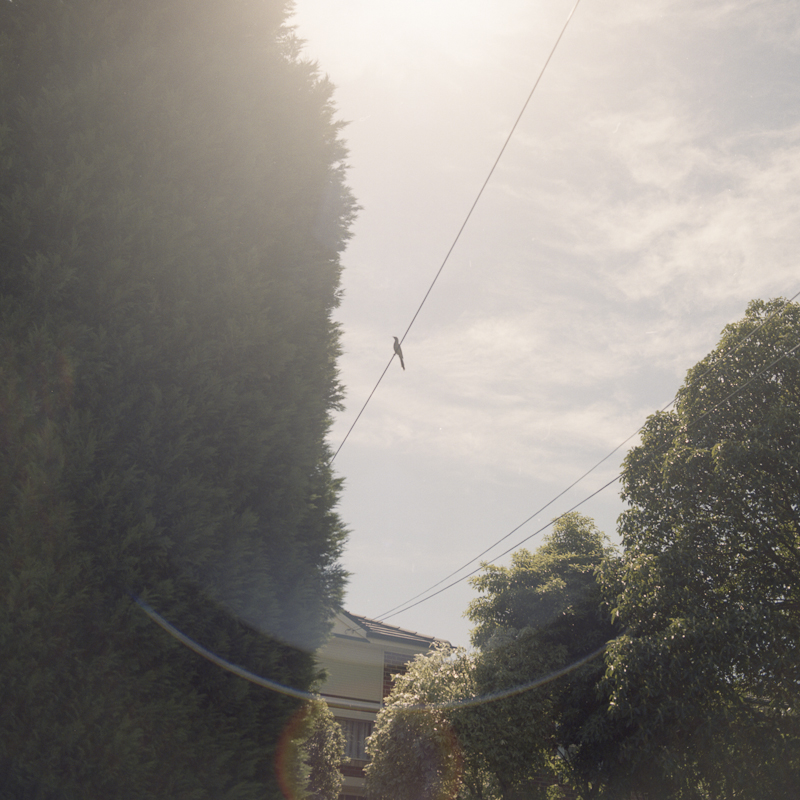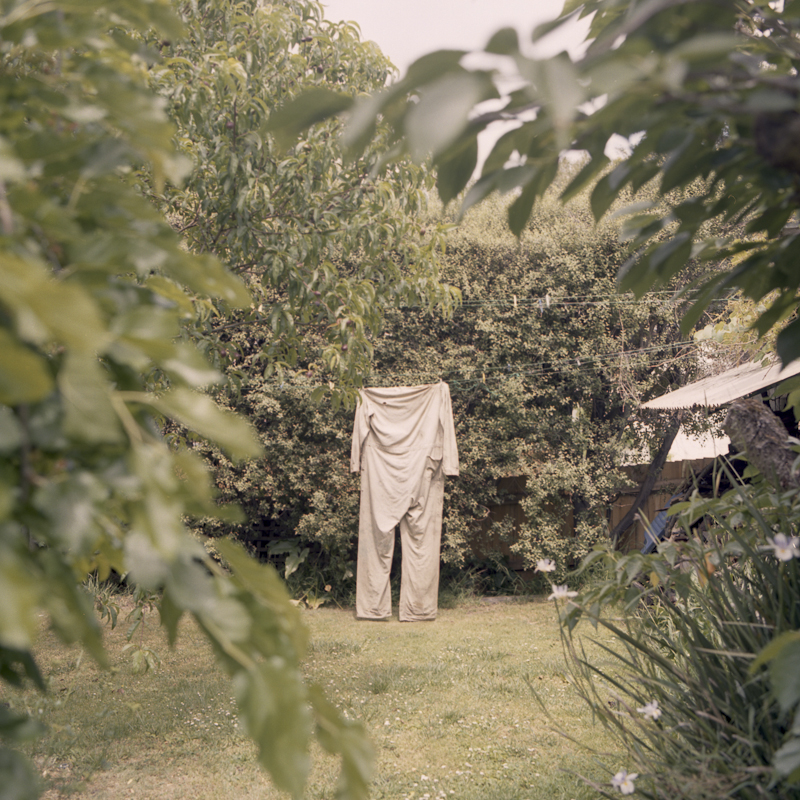Patricia Voulgaris
Artist Feature
Every week an artist is featured whose single image was published by Der Greif. The Feature shows the image in the original context of the series.
Ying Ang - Gold Coast, Australia
Dec 16, 2015
Gold Coast, Australia I was raised on the taste of lawnmower fumes in the air and the dark gleam of perpetually circling crows. It was within the tyranny of this Lynchian landscape, dominated by intolerance and unexpected violence, where I became a reluctant witness to more crimes than I knew the names of by the time I was old enough to leave. Words like rape, amphetamines, murder and extortion became a part of my vocabulary in a dialogue I was encouraged to keep only to myself. All of this set in a town that was built and marketed as a suburban utopia where the darkness was overlooked in favour of keeping the artificial paradise alive. "A sunny place for shady people" became a term that began circulating through the Australian media when referring to the ongoing melodramas of criminals that ended up settling on the Gold Coast. The city became known as a perfect strip of golden beach where one of ill-repute could reinvent themselves, where tales of execution style killings at the local mall were whispered behind pastel colored walls and porcelain veneered grins. Once labelled as the tourist capital and now declared as the crime capital of Australia, this is a tale of a place that laid the flawed foundation of its character upon a mirage of tranquility. It is about the price of those swimming pools and sun drenched afternoons. It is about our perceptions of safety and danger within the architecture of our built environment. It is about real estate and the beautiful lie sold and bought here every day. Winner of the New York Photo Festival book prize for 2014 Winner of the Encontros Da Imagem book prize for 2014 Finalist for Photobook Melbourne's Australian Photobook of the Year 2015 Nominated for Prix Pictet 2015 Listed by Flak Photo, Lensculture, Voices of Photography, Mark Power, Asia Pacific Photobook Archive and Self Publish Be Happy in their top photobooks of 2014
Artist Blog
The blog of Der Greif is written entirely by the artists who have been invited to doing an Artist-Feature. Every week, we have a different author.
Published in:
»Guest-Room Richmond Orlando Mensah«
Interview with Adrienne Grunwald
Dec 23, 2015 - Ying Ang
My time here is up and I just wanted to wish everyone a wonderful holiday season and thank you for tuning in :) Thanks to Der Greif for giving me the floor and I hope you enjoyed what I was putting down. If you want to view more work of a similar ilk, my personal blog is yingangphoto@tumblr.com and my social media handles are @yingang.
For my last post as guest blogger this week, I'd like to introduce a dear friend of mine, photographer Adrienne Grunwald, based in New York City. She is a part of the same creative collective as me, MJR, and we come from very similar places… disenfranchised products of the burbs, albeit on opposite sides of the world. The sterile and innocuous strangeness of the suburbs spread very much through the semi-urban areas of the West are increasingly common breeding grounds for photographers. Hard won middle class comforts and an unsettling sense of emptiness with an urgent gut feeling that there must be something more out there.
AG: My journey into documentary photography began when I realized my camera was a way to investigate the communities and people around me. Growing up in the New Jersey suburbs, I had nothing to do. I ached for adventure, for a purpose, and for a way to understand the illusion and absurdity of it all.
YA: How old were you before you began to understand that photography was an important part of your life? And at what point did you decide to commit professionally to photography as a career and what instigated the change?
AG: A career in photography was always an idea in my life. But when it came time to make it real, I was full of fear. I had no connections, no ideas, no way to make it work, no mentors, so I decided to keep it safe and get a marketing job. Around the age of 27 I remember feeling so unsettled in my comfy corporate gig that pursing a career in photography felt like my only choice at happiness.
YA: Do you think that feeling like an outsider in your own community fueled that need to be an observer? What do you think fuels the need to make a record of it?
AG: I think there is a definite link between the forced banality of my youth and my current desire to record and evaluate its purpose. In a way, photography allows me to re-archive my experiences, to take a deeper look at the communities I have been a part of so I can search for clues in the in-between. Why I am this way? Who are the people that live here? What are the traces of it left behind in me?
YA: What do you think it is about the suburbs that represents a void of adventure, purpose and substance for you? Are there any saving graces to living there?
AG: I lived in a town where you went over a friend’s house and they had the exact same house as yours. Same layout, same bedrooms, same stairs, same everything, and you would think, wow that’s strange. There was nothing romantic or adventuresome about it, nothing to look forward to, nowhere to go. It felt, in a way, like an empty place. Thankfully my family was my saving grace - love those guys.
YA: Do you think that this is something that you will explore further in your professional life as a photographer? If so/not, why?
AG: In my eternal attempt to flee suburbia, I find myself constantly drawn to it. The class structure, the materialism, the cultural artifacts, the gender roles, the microcosms, I am completely in awe of it all. So yes, I need to explore that further.
YA: As someone who has returned to her hometown to photograph a social critique of it, with subjects that I have had lifelong relationships with, my concern about hurting the feelings that I photographed was a big part of how the work played out. Is this something that would also be a factor in your work? Can you understand the resentment of the critique from people who have chosen to live out their lives in such a place?
AG: I think I am usually most concerned with upsetting my parents. They grew up in cities and thought they were doing the right thing for us by moving us to the suburbs. We all want to believe we are doing the best for our family and so of course I can understand the resentment from those who choose to stay. My hope is that our work can in some way start a conversation about the places in which we inhabit and the implications of their design on the generations to come.
Curating the Obscura Photo Festival
Dec 22, 2015 - Ying Ang
Earlier this year, I was in Georgetown, Penang, for the Obscura Photography Festival. I curated a slideshow, had an artist talk with the Asia-Pacific Photobook Archive and hosted a panel discussion on the "democratic forest" of photography and the implications on our practice as contemporary visual story-tellers. It was an incredible experience. Georgetown itself is a wonderful place to explore and the festival is still in relative infancy, founded only a few years ago by Malaysian photographer, Vignes Balasingam.
There is an intimate sense of community being fostered at this festival that is run by photographers for photographers. Some of the outstanding works that were on show included projects by Cristina de Middel, Sarker Protick, Diana Lui and Waswo x Waswo, put together under the helm of last year's curator, Indian based photographer, Arko Datto.
After a generous experience there this year, I have recently agreed to curate the print exhibitions of the 2016 edition of the festival and have been pondering the ideas and themes in which I want to frame the works that will eventually be on show.
There is much in the world of literature that informs my attitudes towards photography - both are modes of communication and both rooted in the culture of language. A prevailing idea from the world of literature was mentioned in my first post for my guest blog this week, "Write what you know". I also think that this exploration of what you know to be true, must be tempered with the acknowledgement that perhaps you might be wrong, but your responsibility as an artist is to walk that line and see what comes of it. An interview with Sally Mann in American Suburb X builds on this with another borrowed quote from literature, "if you don't know what to write, just write the first sentence that comes to mind. And the myth of writing a novel is to find out what the next sentence is."
In support of this, I've also been reading Deborah Eisenberg's interview in the Paris Review's Art of Fiction No. 218 and found another thought that keeps playing on the carousel of ideas in my head.
"Art itself is inherently subversive. It's destabilizing. It undermines, rather than reinforces, what you already know and what you already think. It is the opposite of propaganda. It ventures into distant ambiguities, it dismantles the received in your brain and expands and refines what you can experience."
I think that this is true, both in process as well as outcome.
So if any of you out there are willing and able to help me condense these ideas into a singular and palatable theme for Obscura 2016, feel free to drop me an email! Otherwise it would be a great pleasure to welcome you there next August, theme or no theme :)
Brut
Dec 21, 2015 - Ying Ang
Tell me about that quickened aubergine bruise that flowered across your spleen.
Come closer, let me have a sniff.
Let me see if your brand of loneliness perfumes like mine.
Cut crystal, top shelf, reserved only for the classiest of brutes.
Tucked behind a neon-lit window case of damaged goods.
On the importance of “Personal Photography”
Dec 20, 2015 - Ying Ang
imeo video_id="62749926" width="1000" height="563“] As professional photographers, we are continuously forced by our peers and audience to define our work in intellectual terms, forced to find some place for our images in the larger discourse of photography by way of artist statements and wall text. What is overlooked is the sheer act of photography that refuses by its very nature to be a literal exercise. We are not encouraged, as professionals, to nurture the instinctive impetus to photograph our lives, our minutiae, our confusion, perhaps simply our response to what occurs on infinitely complex levels around us and within us…. without trying to force it into words, as if by doing that, the act of photographing is somehow justified and made important. We also forget that in the act of trying to justify the click of the shutter, much of what we do takes on real significance in hindsight. We do not yet know the purpose and long-term consequence of what we do with our camera and if each frame and movement is classified by "project", by "client", by "assignment", the possibilities that begin now and end far into the future of our collective visual history will no longer have the same authenticity or gravity that it might have had if we had just allowed ourselves to be more free with our vision. We place too much stock in our prescience and our ability to judge what may be important for photography in a world that we will no longer be a part of generations from now. The danger lies not within our need to work within the framework of a creative industry, because we know we all need to do that. The danger is the act of discarding and devaluing the photographs which do not fall neatly and precisely into such a framework. The danger is forcing complex, spontaneous and instinctive photographs into simplified explanations and thus hamstringing future, as yet unmade photographs into these structures. Much of what we make now as photographers, as people who in a very real sense make documents of histories, will escape our immediate understanding. By denying our personal photography because we cannot find a professional home for them, we run the risk of denying a future for images whose importance we have no concept of… the visual history or a multiplicity of interwoven histories which may not have a place now in the confusion of vernacular photographs exploding across the internet, may yet filter through the course of time and find an important place beyond what we know or have a capability to understand. Eggleston’s democratic forest is deep and overgrown, true. We perhaps feel that we are in danger of being lost within a wilderness of instagrammers and tumblerites. We forget that the passage of time always finds a way to distill our present, our manic confusion into a series of events, illustrated and proven by the documents in which we leave behind. It will not be up to us to decide which photographs will be important through the centuries, it will be time itself, and the only role we can play is to provide the material from which time will siphon from for the generations to come.
For the old lovers of new lovers
Dec 19, 2015 - Ying Ang
I considered that we'd have more in common than not
Aside from our hair, the slant of our eyes.
How many times did you make love a week?
Did you come like a sigh or a storm, or perhaps not at all?
Did you mine the geology of his childhood and pocket some slate for the mantelpiece at home?
Row upon row of metamorphic rock.
Angkor Photo Festival
Dec 18, 2015 - Ying Ang
Melbourne, Australia
It's a sweltering 37 degrees celsius (98.6 Fahrenheit) outside today. I'm trying to think around a few things but my mind is swimming in a literal melting pot of distractions and shimmering asphalt.
It's been 2 days since I touched down in Australia and since landing, I've clocked about 11 hours sleep a night. The week before was spent in a humid haze of photography, cheap beer, cycling on red dirt roads and the regular sights, sounds and tastes of Cambodia. Very little sleep was involved.
I was showing some polaroid work as a part of the Angkor Photo Festival 2015 and speaking on a panel about "moving beyond the still image". The festival itself has become a flashpoint for photographers living and working in the Asia-Pacific region and despite its growth over the last 11 years, it still retains a close sense of tribe and camaraderie that can sometimes be drowned out in the scale and egos of the larger European and American festivals. A central axis to the festival is the free student workshop for emerging Asian photographers being taught by delightfully talented and warm characters - Ian Teh, Kosuke Okahara, Antoine D'Agata and Sohrab Hura, amongst others.
I also had the privilege of acquiring the only copy of an extraordinary book that was made by Kapil Das. Entirely black and as yet unnamed, the tome is heavy and a full-bleed adventure through a continually surprising and very contemporary Indian life, namely his. Free of Western expectations of the Indian experience, I encountered the quizzical modernity of what it means to live in a massively expansive region of the world that oscillates from skiing though the snow drifts of Kashmir to the every day of urban Bangalore. Unfortunately, the man takes great pride in creating for the sake of creating and is particularly averse to throwing his hat into the professional boxing ring that can be the world of photography. This plays out in a rather hard to find and enigmatic social media presence, so the discovery of this exceptional book remains exclusively mine.
An introduction
Dec 17, 2015 - Ying Ang
Write what you know, they say. What is the terrain that I find myself in? Deep ravines, sinkholes, the inexplicable swallowing up of homes down the precipice of a perfect O. A place made up of more abyss than landfall. Be careful of the night and watch where you walk. Carry fire, rope and grappling hooks at all times. Animals live here too. Mostly birds. Here. A murder of crows. There. A bower bird singing the blues.


